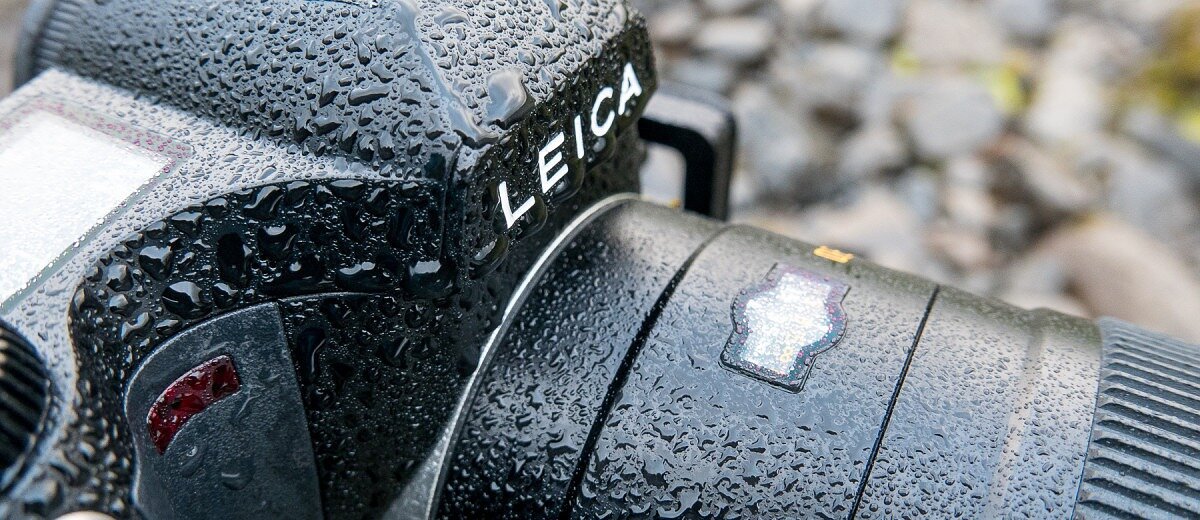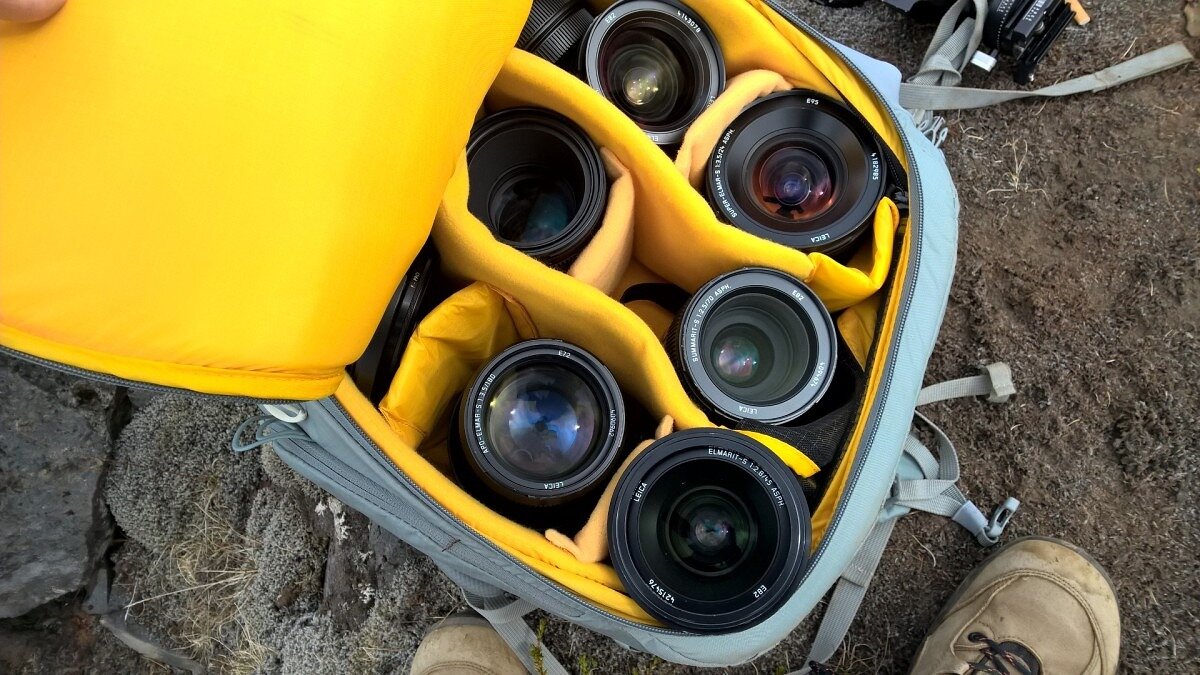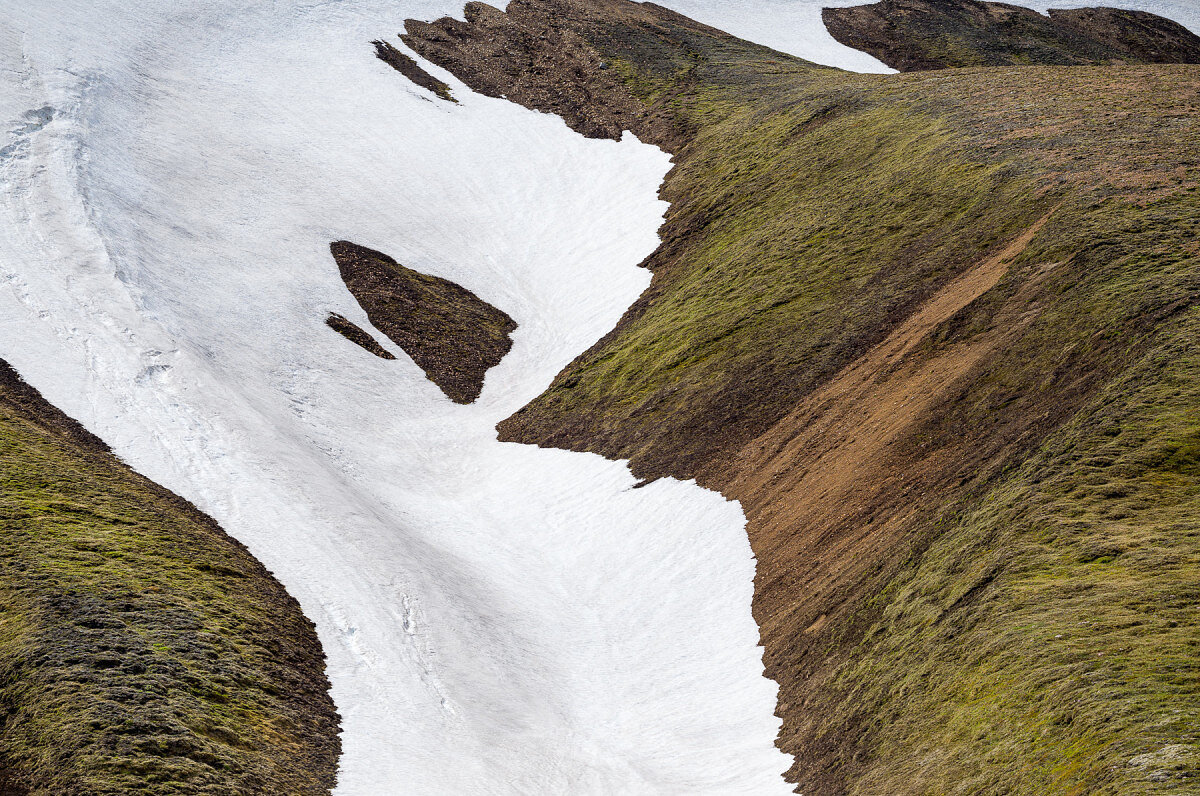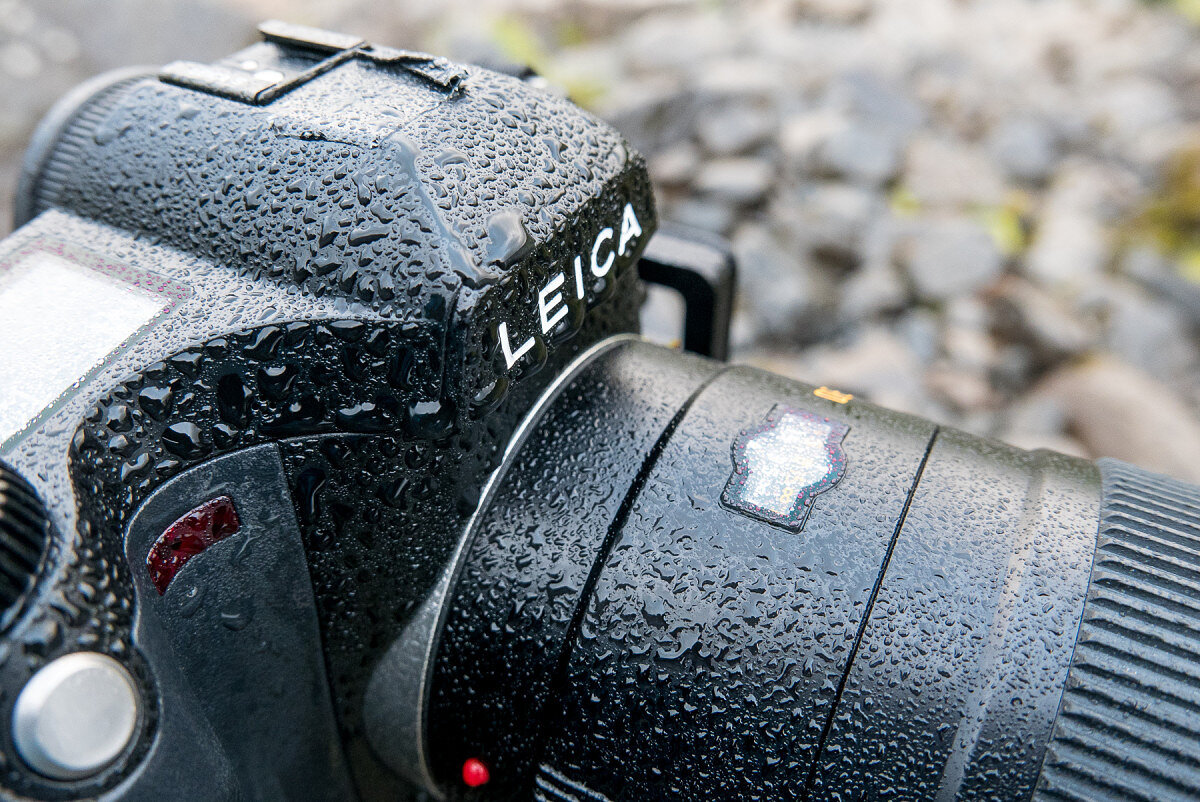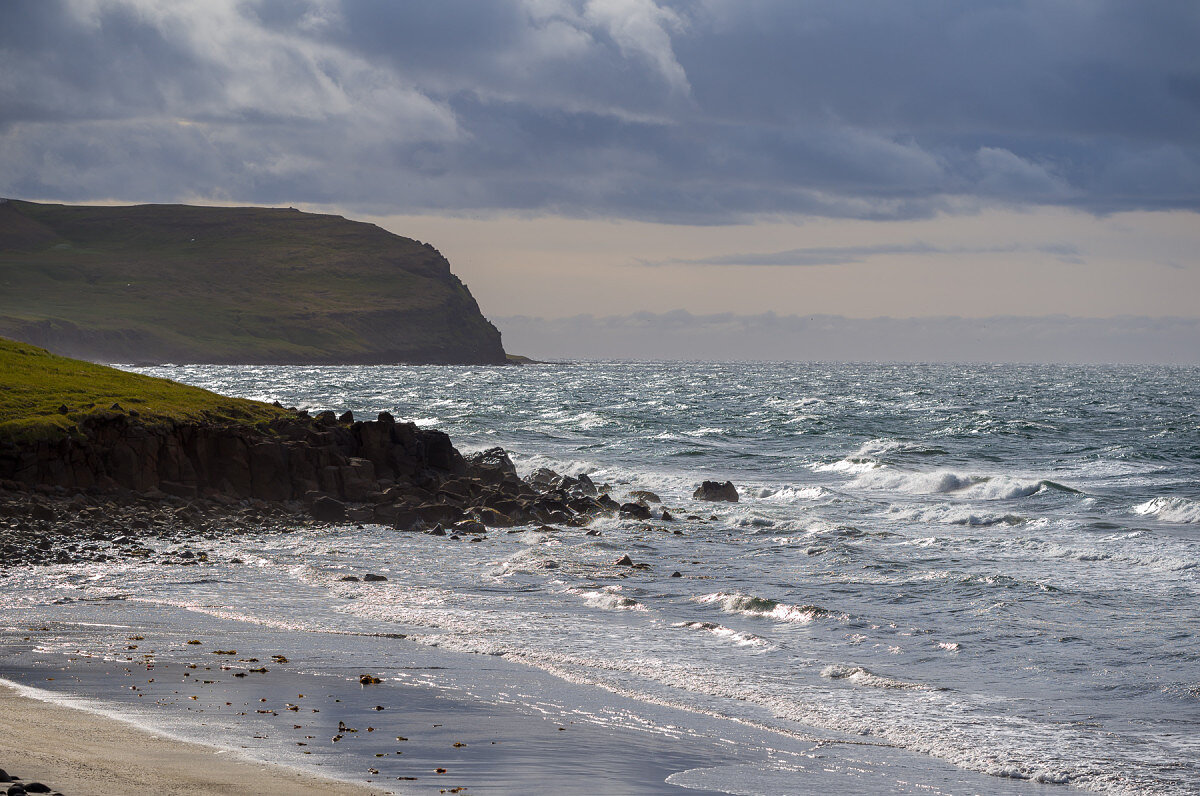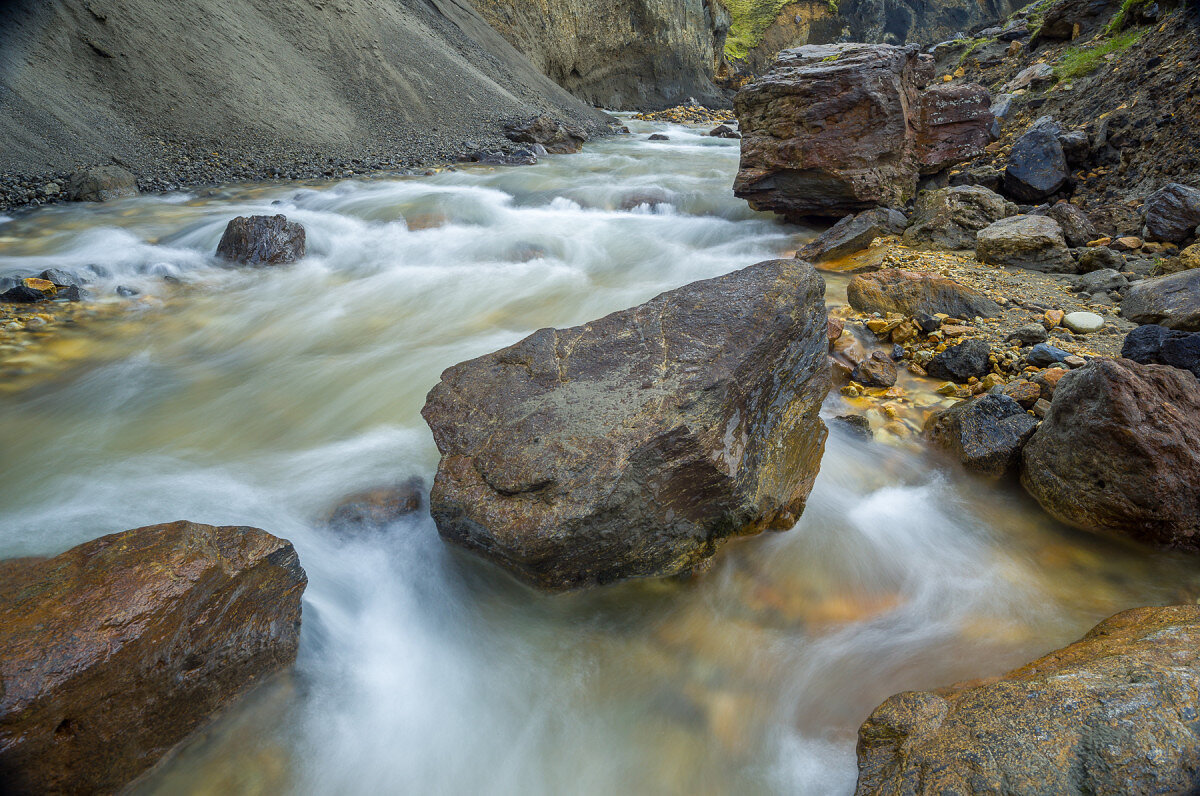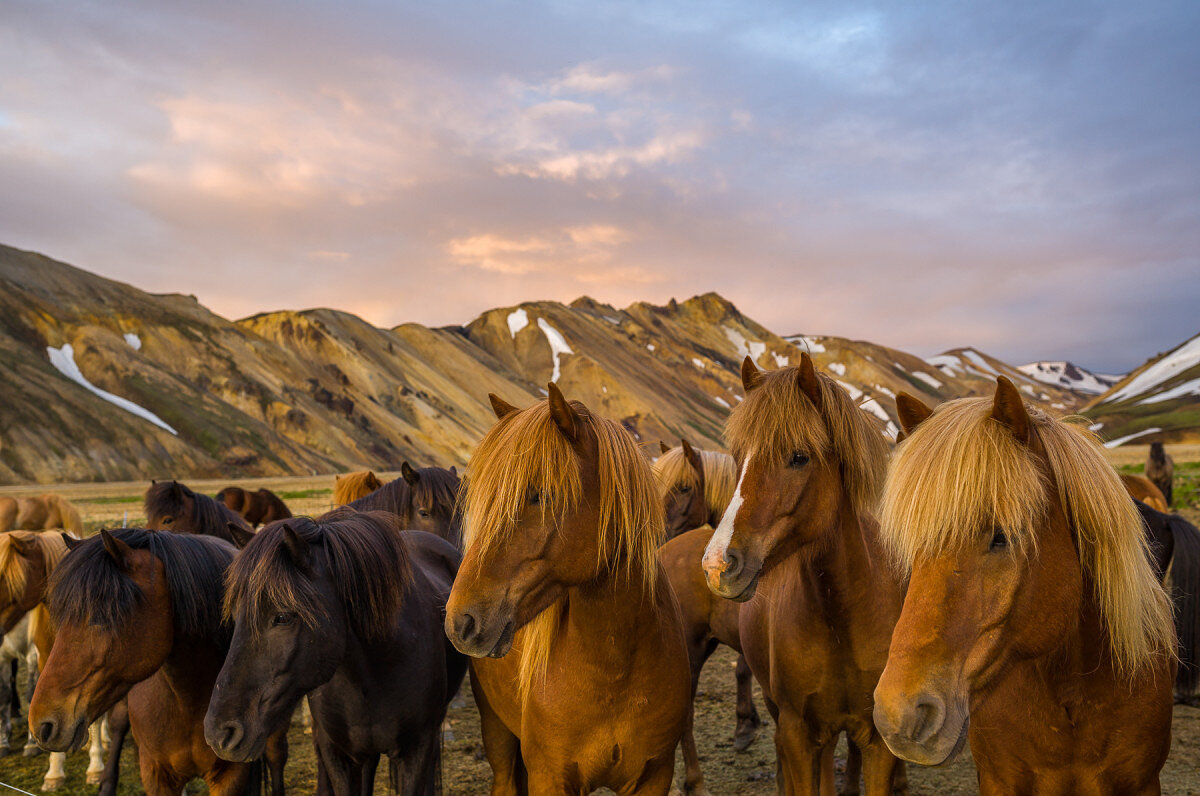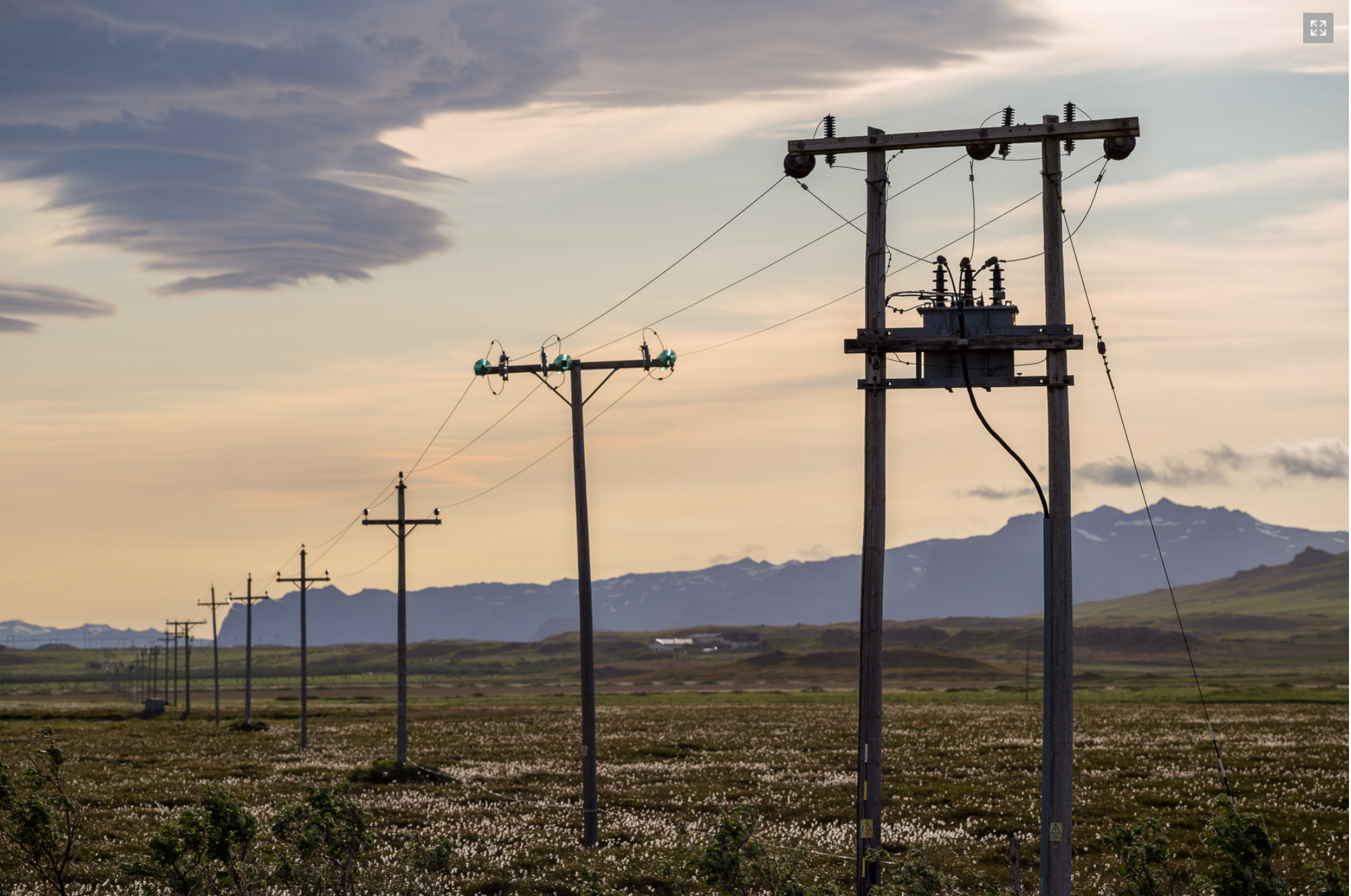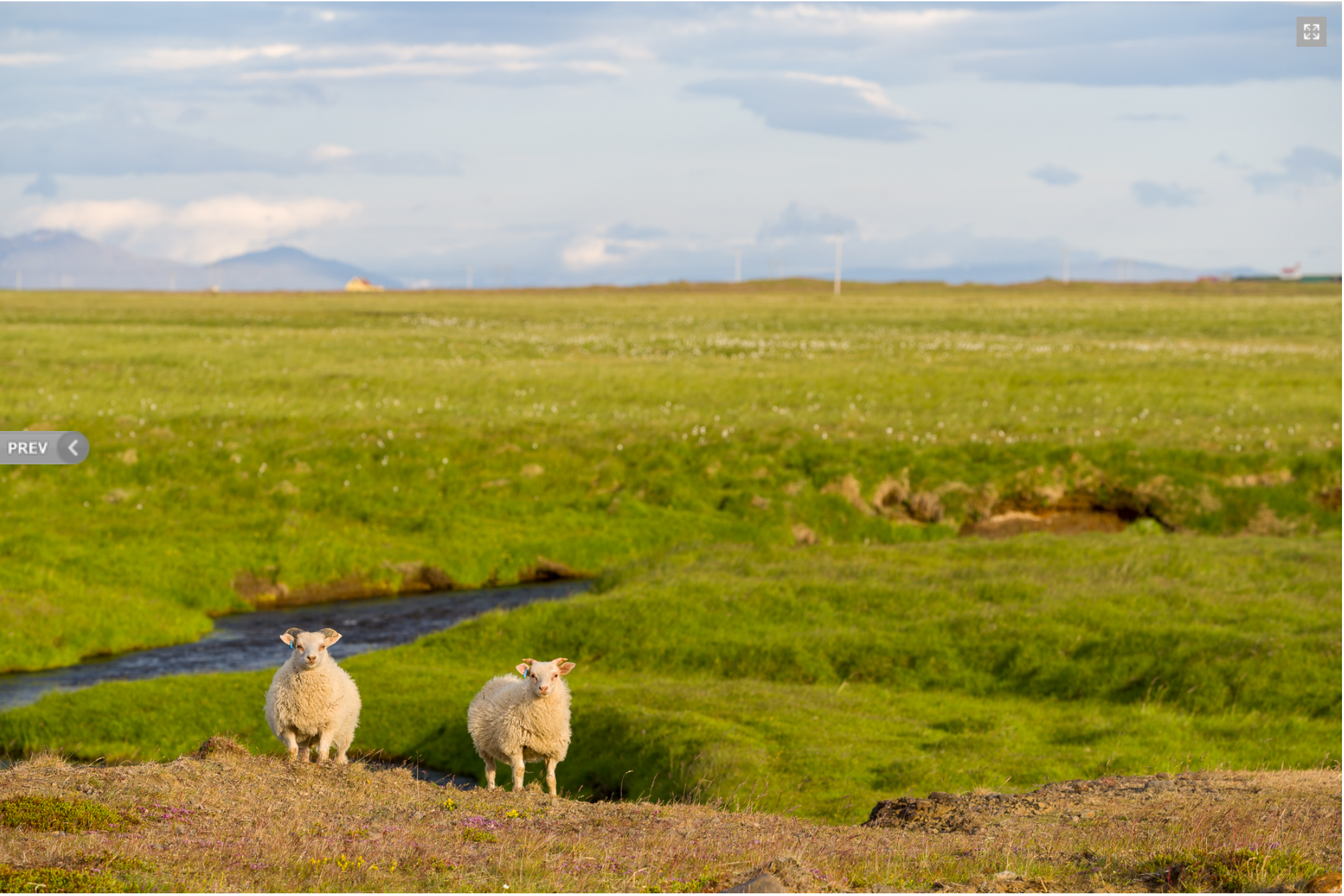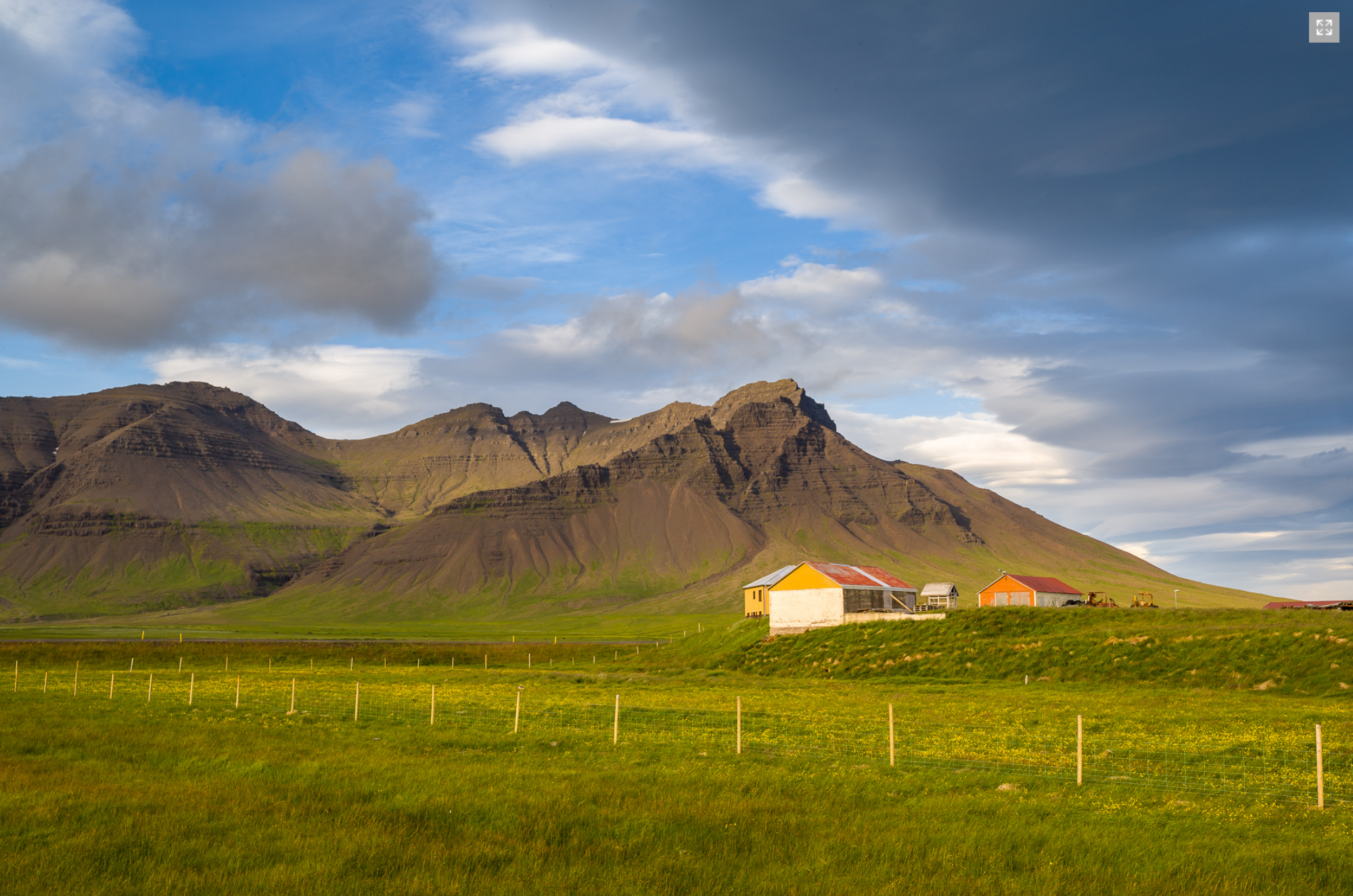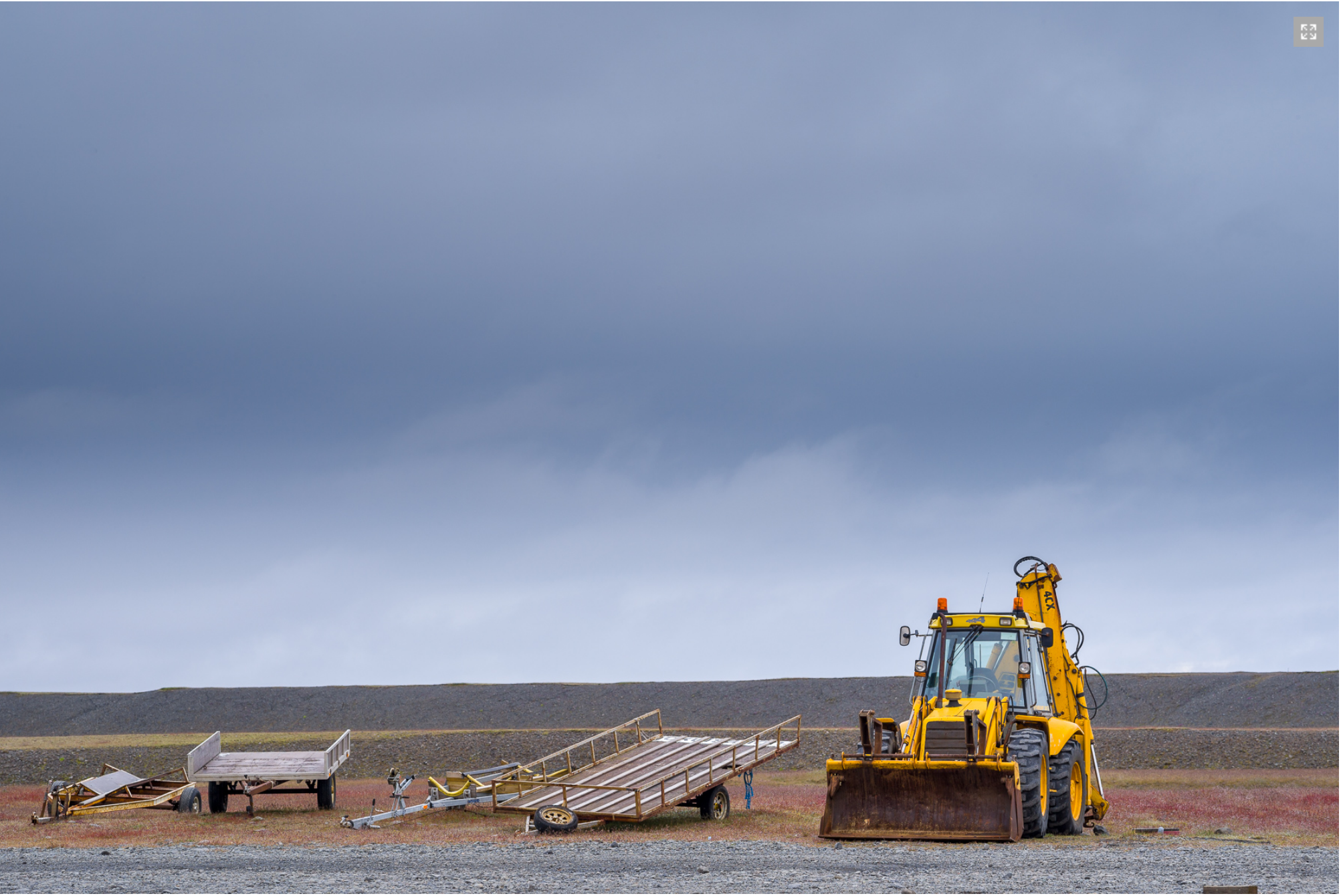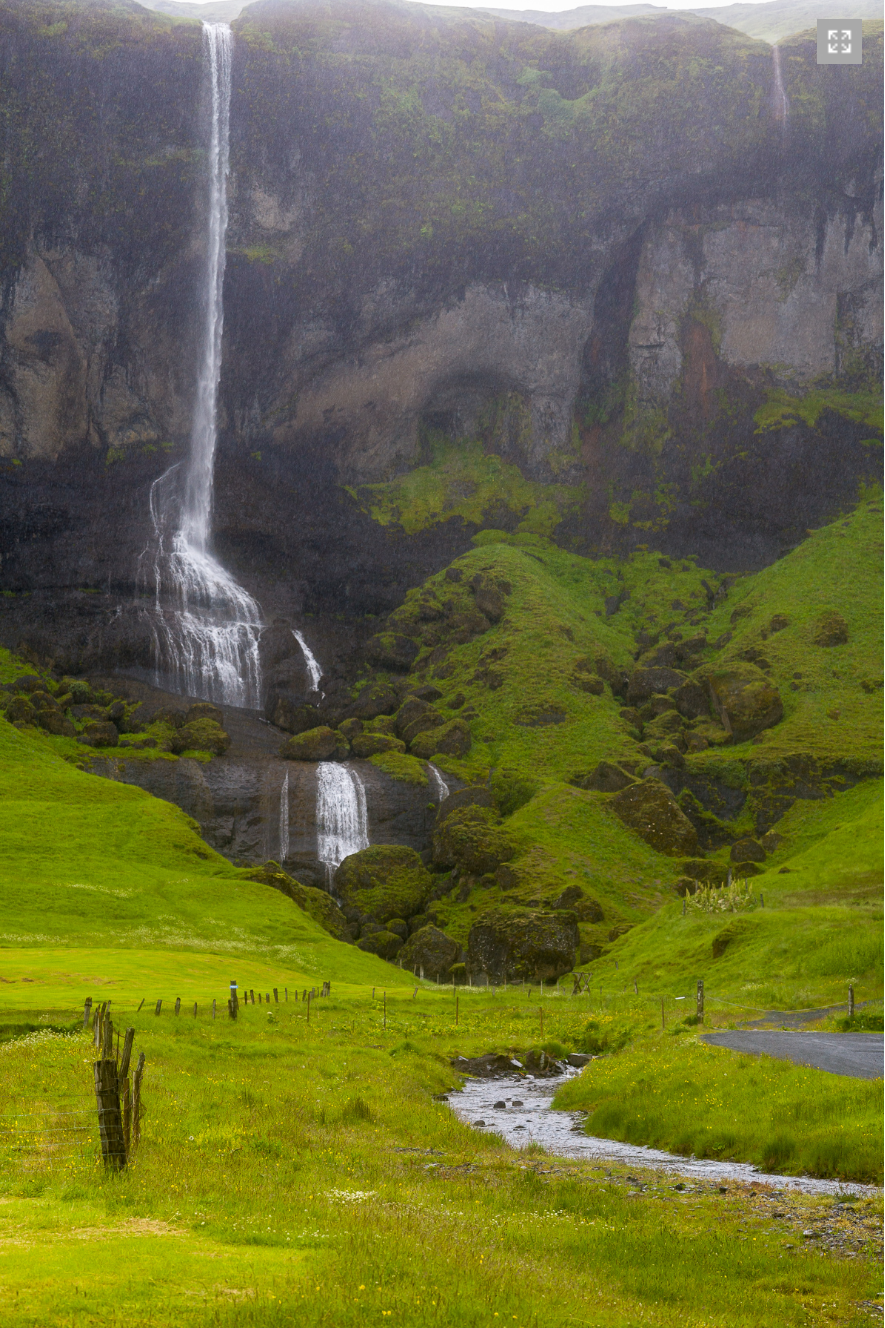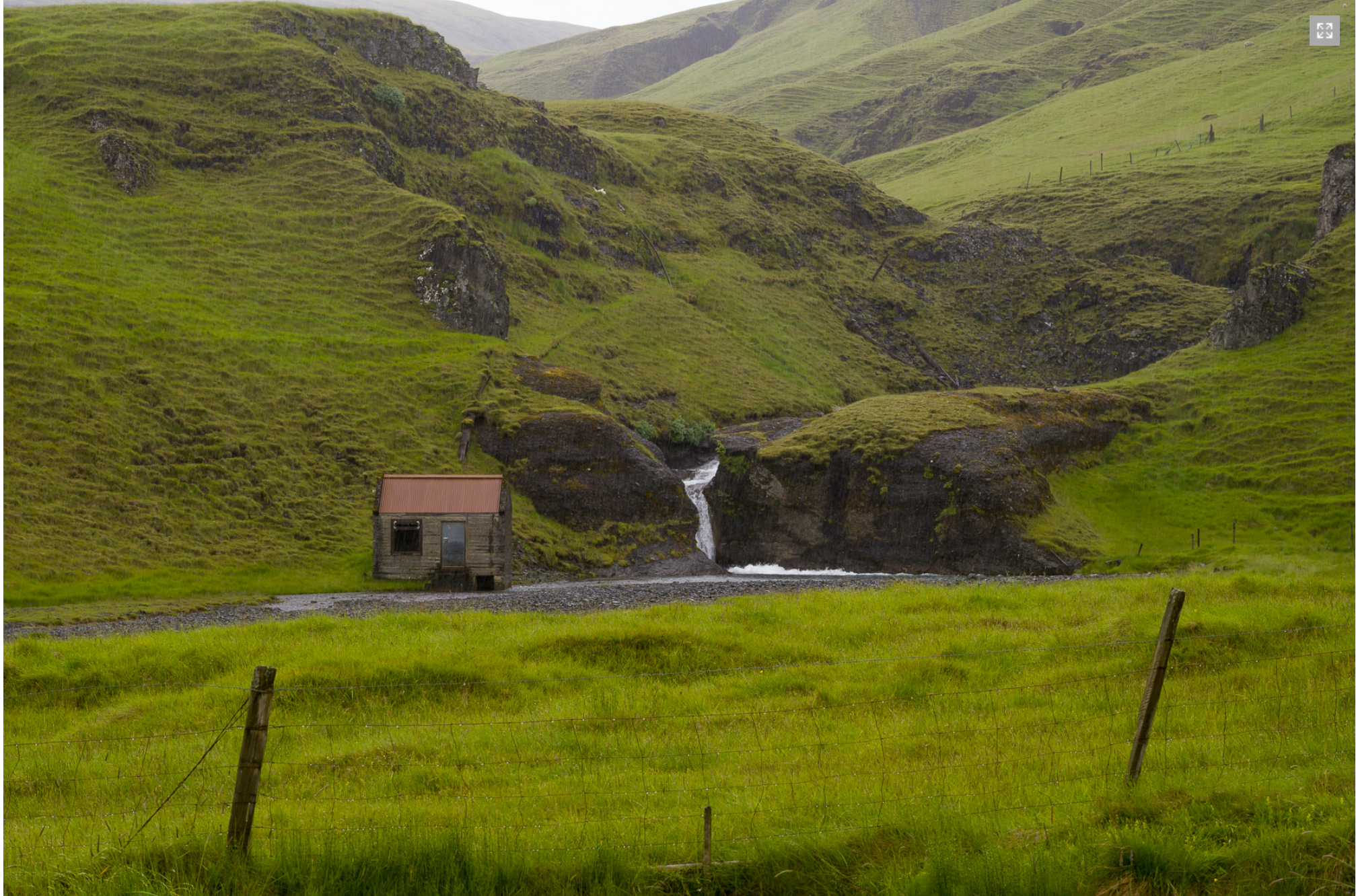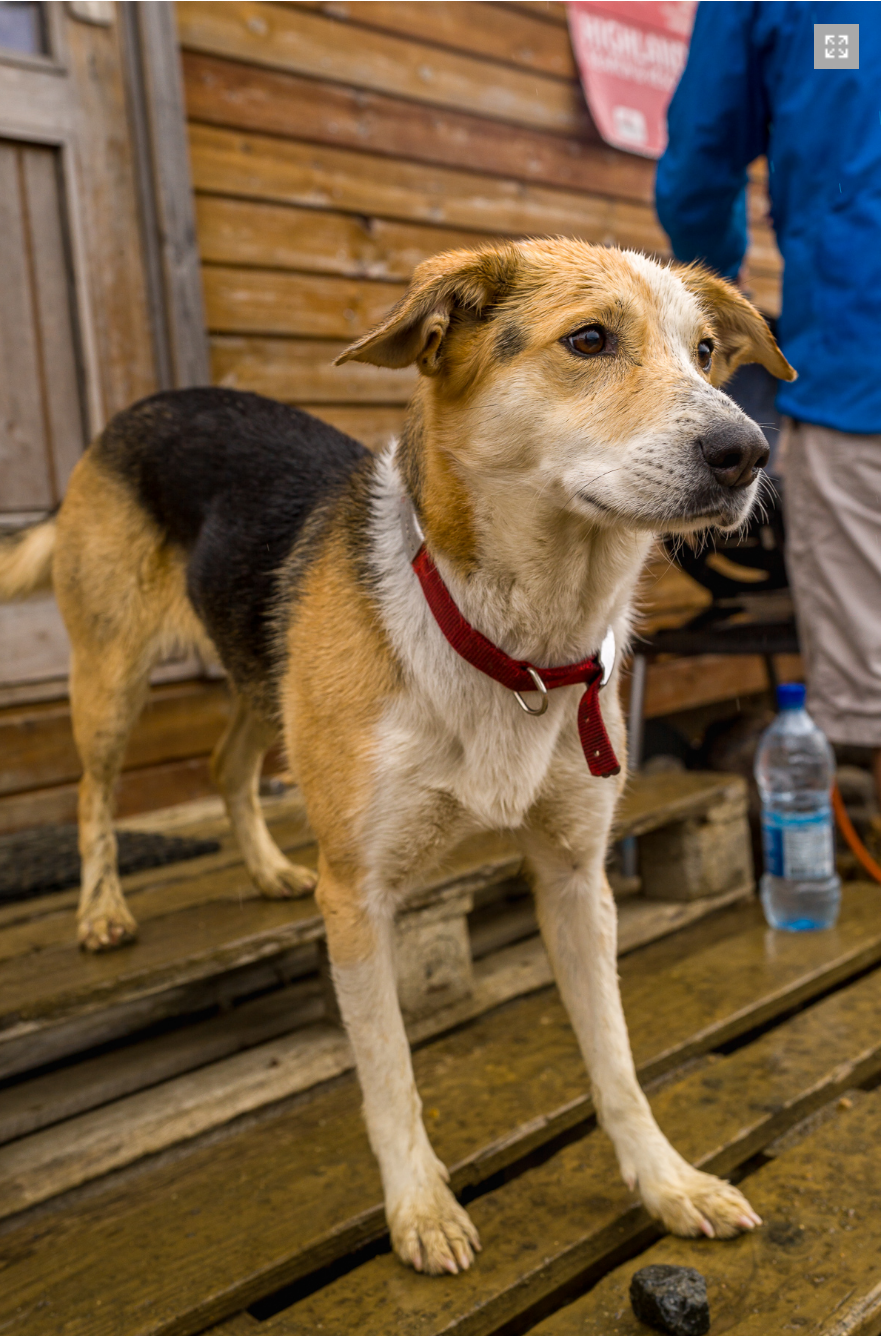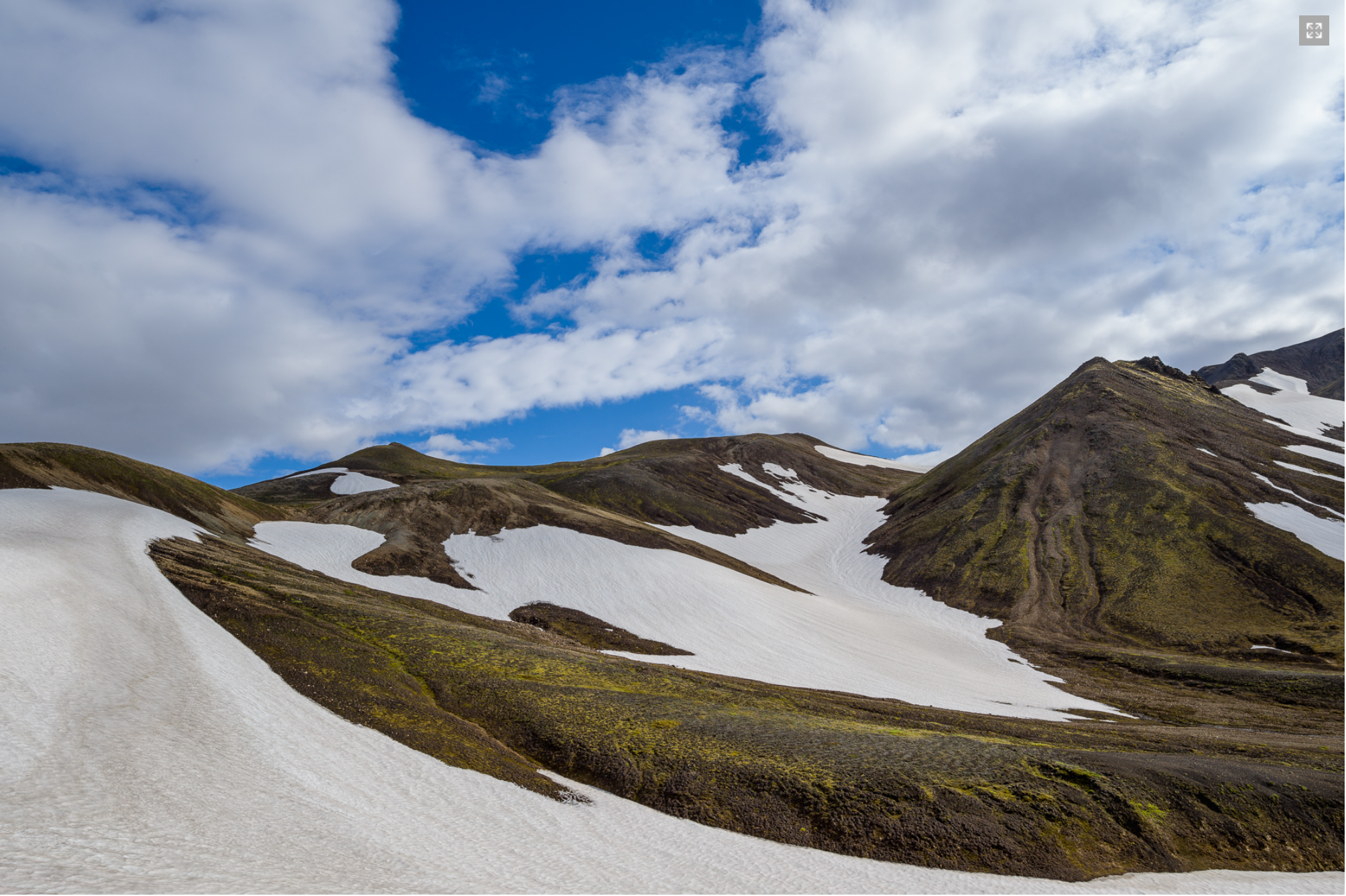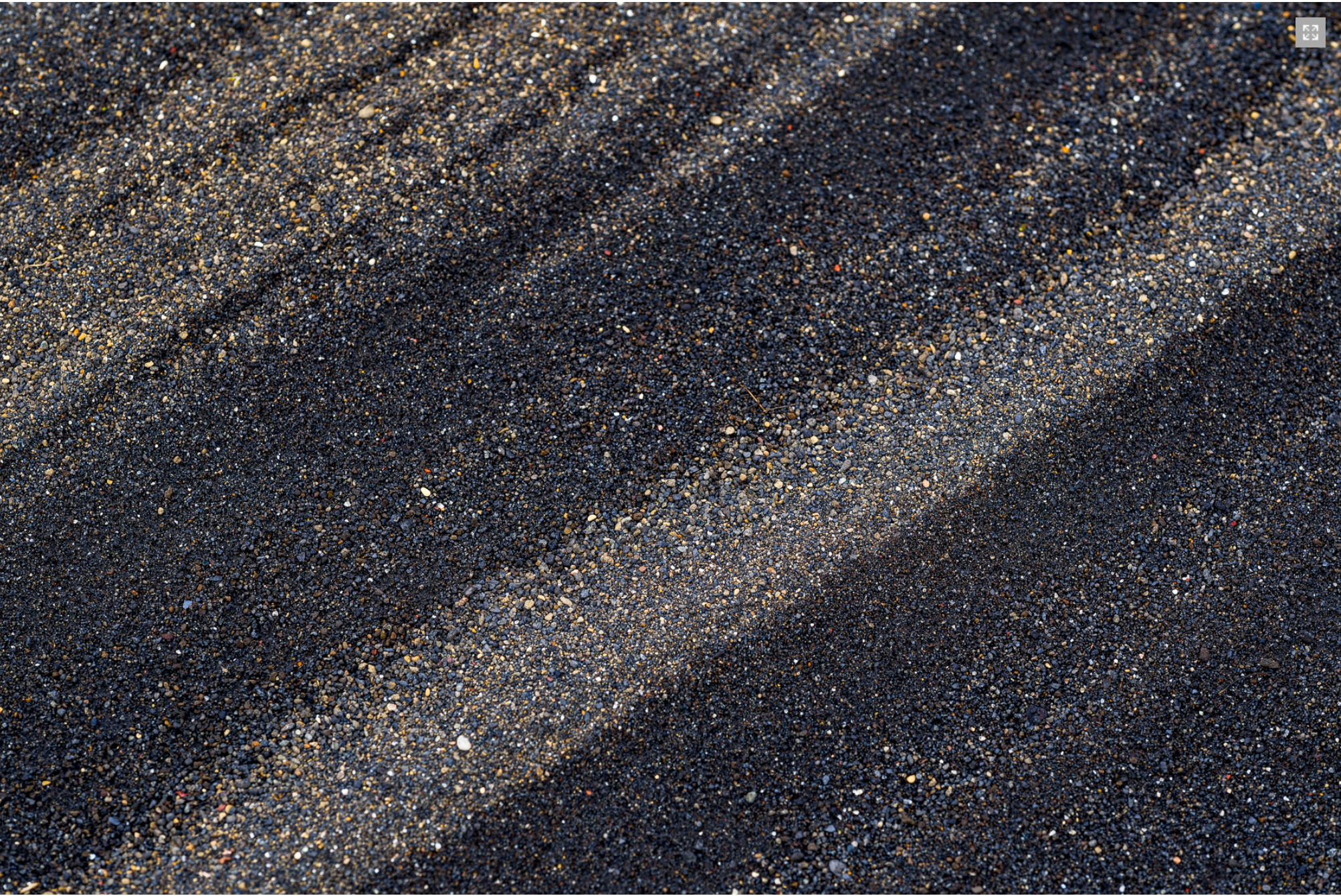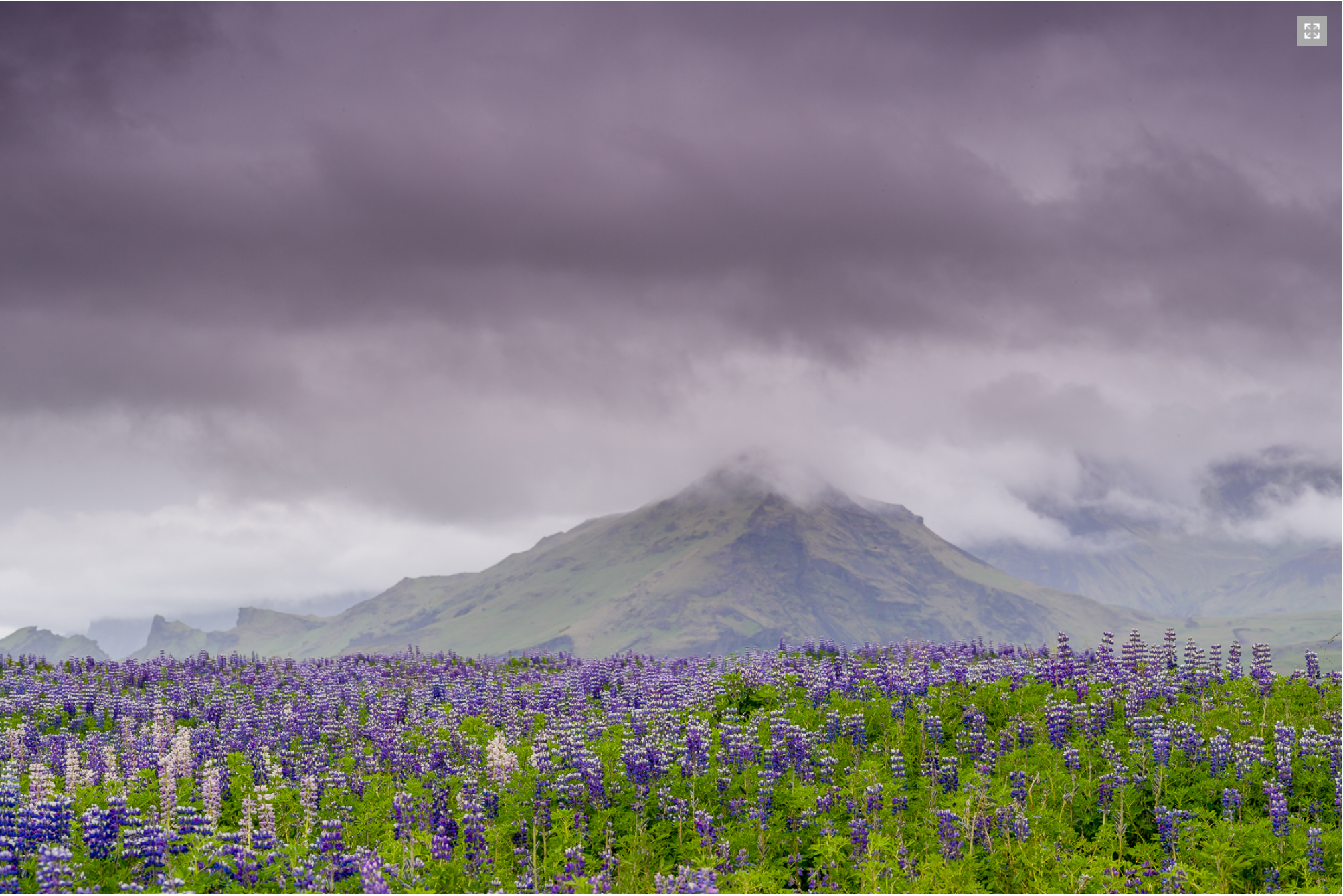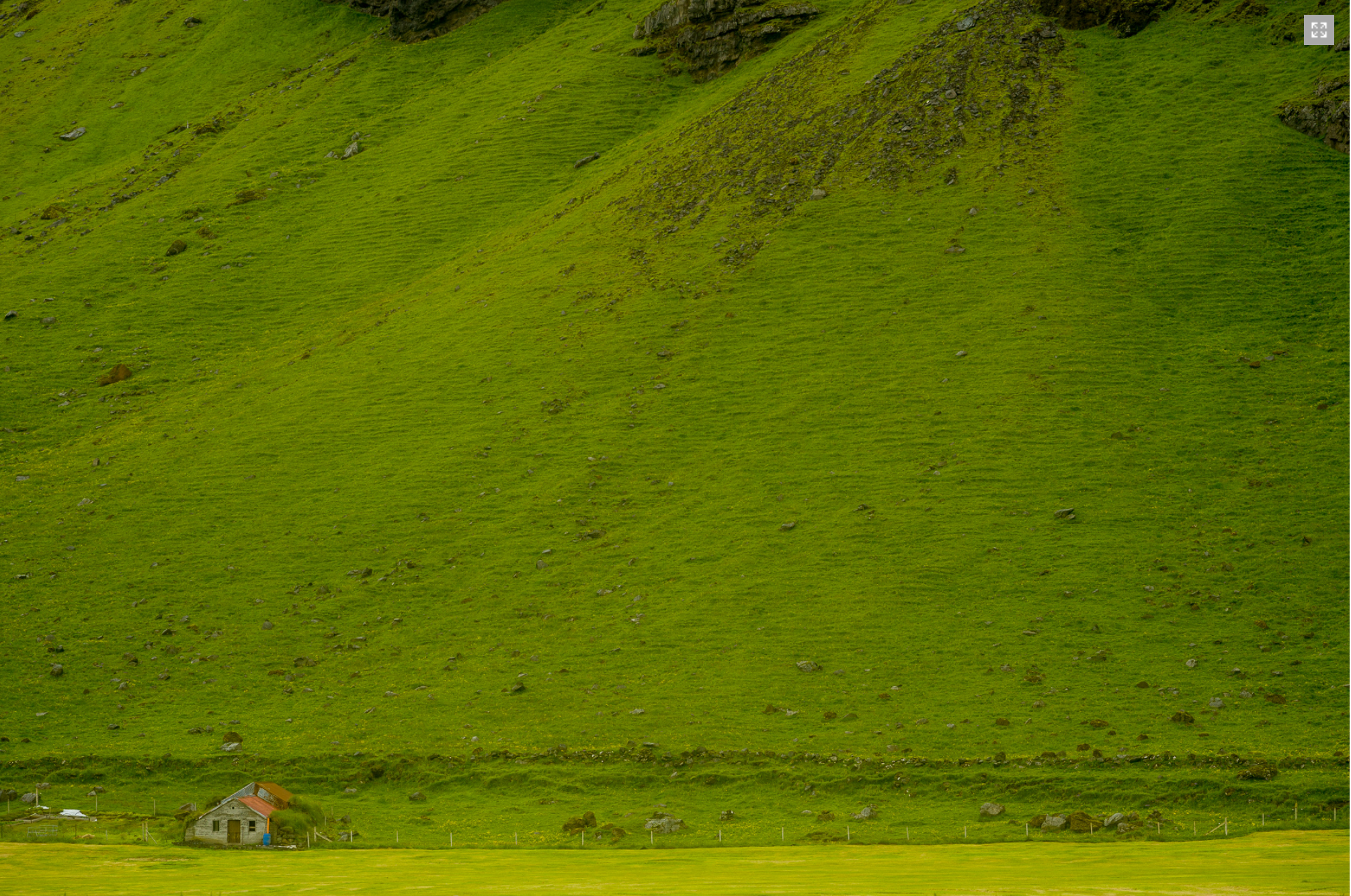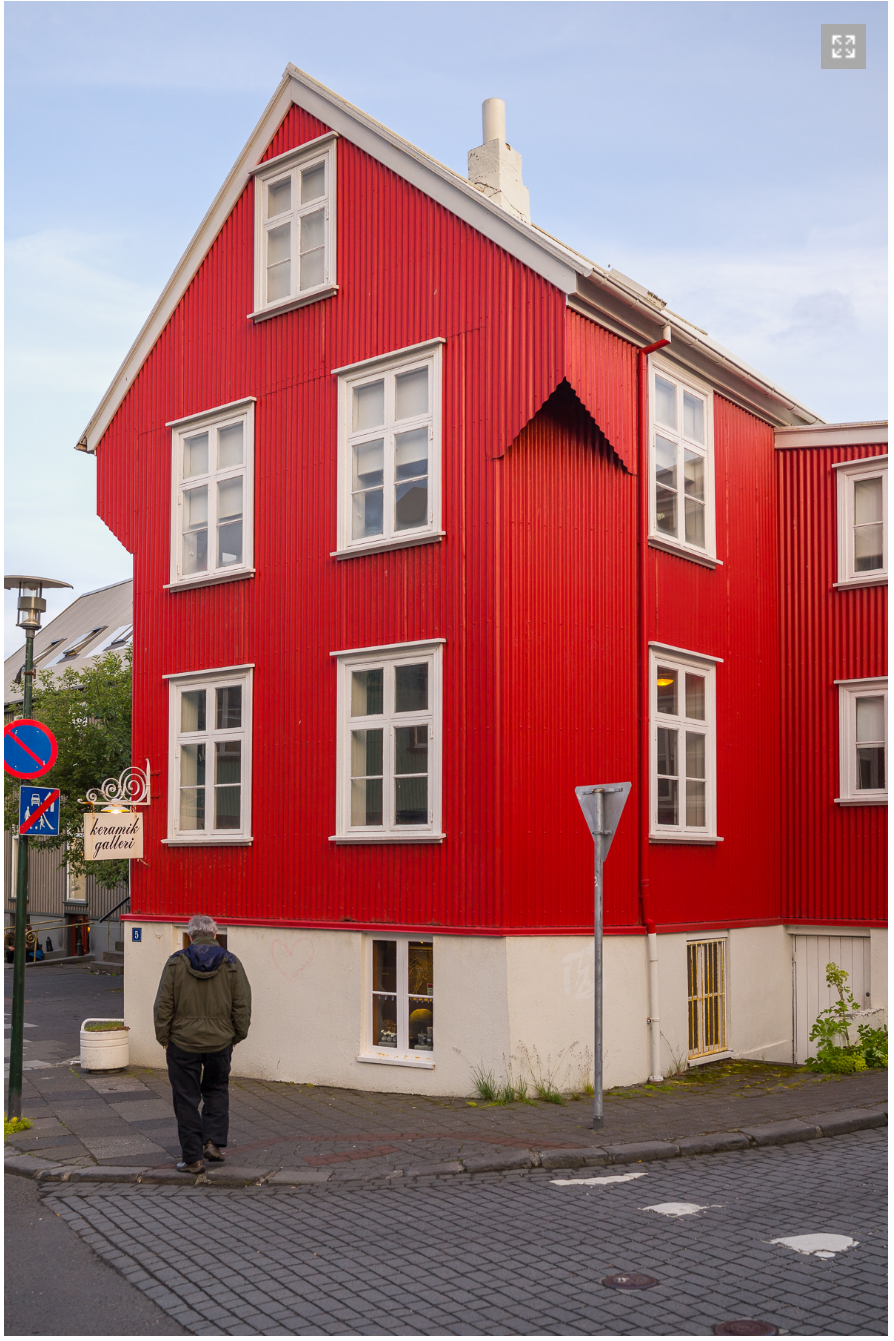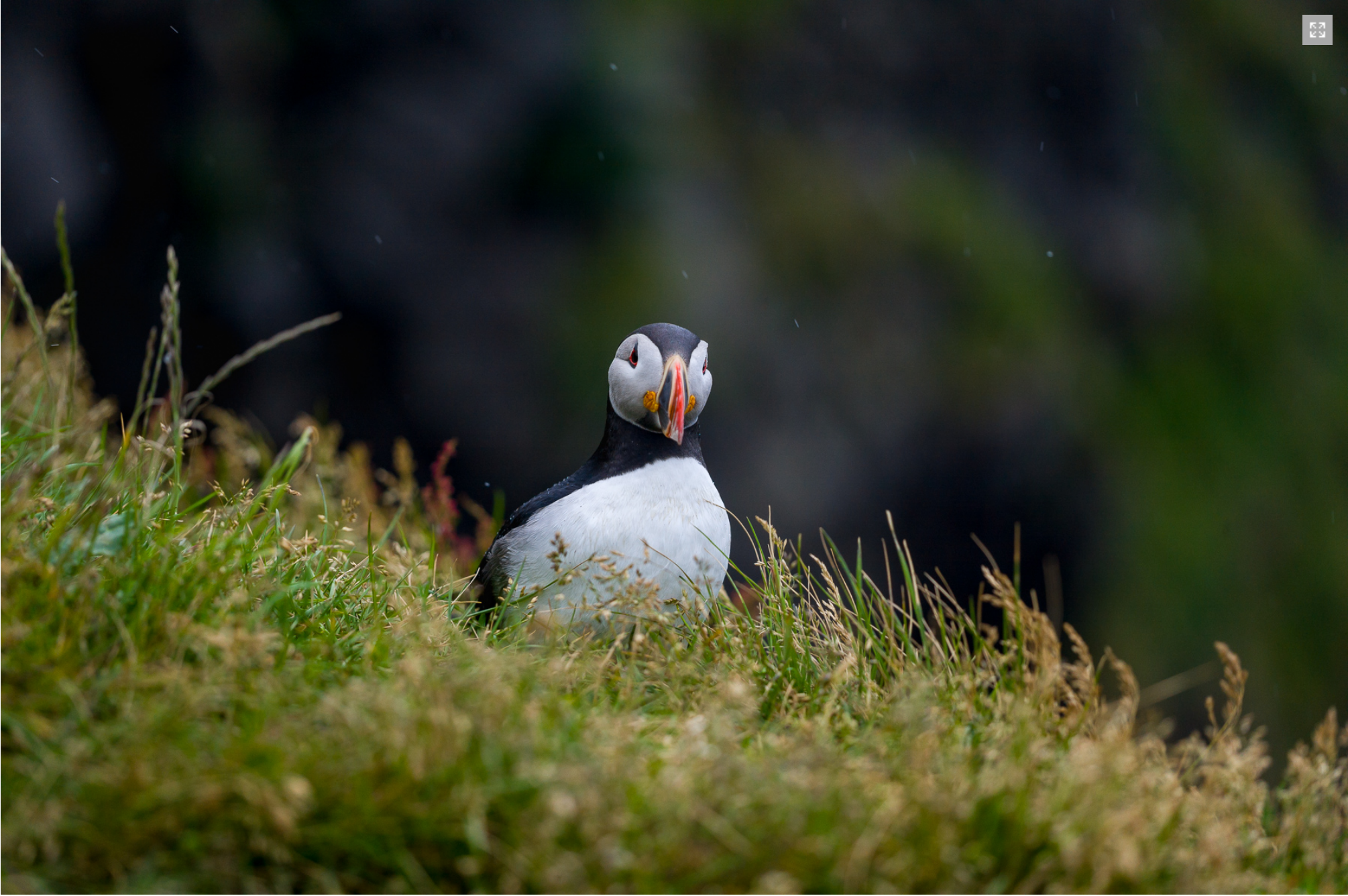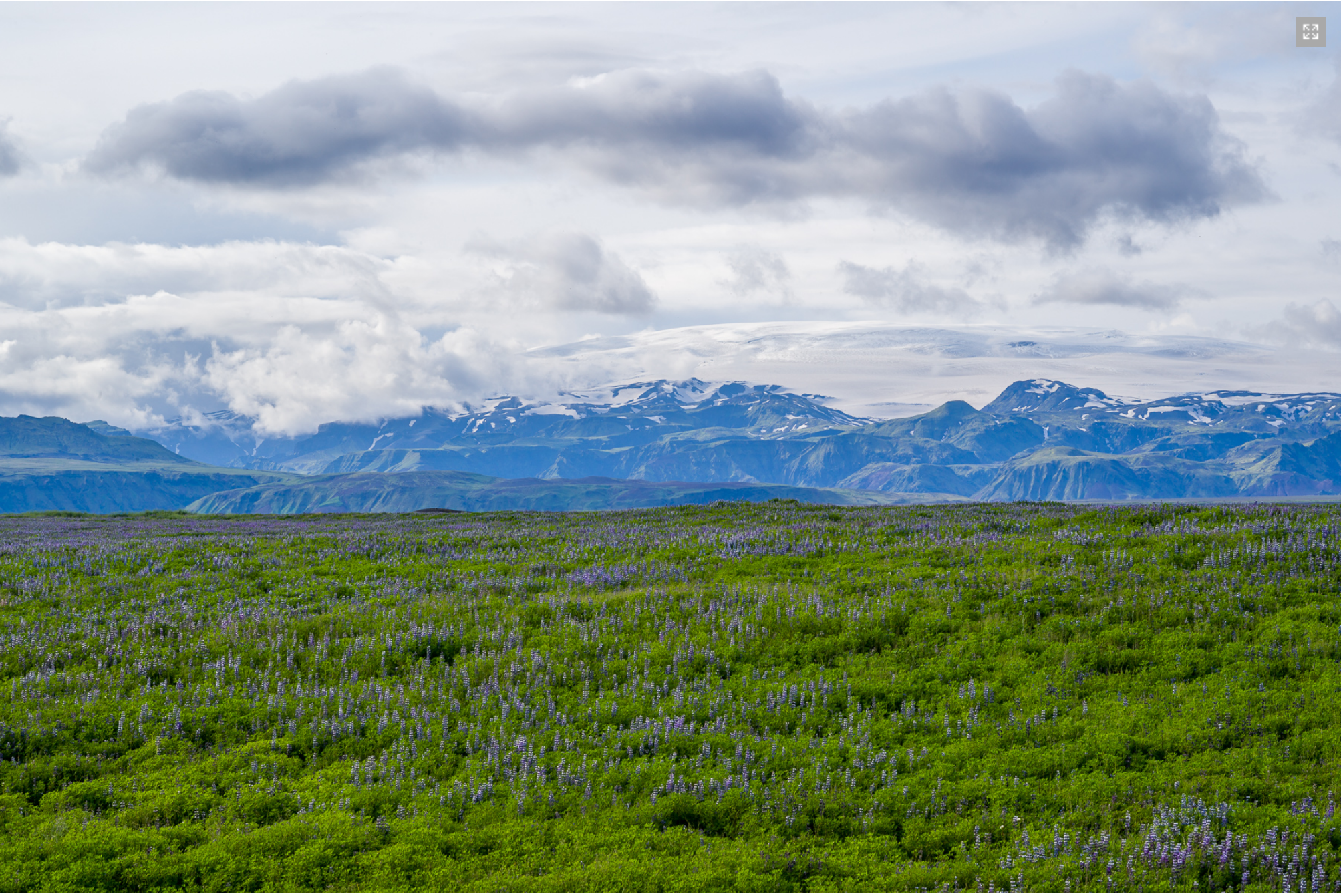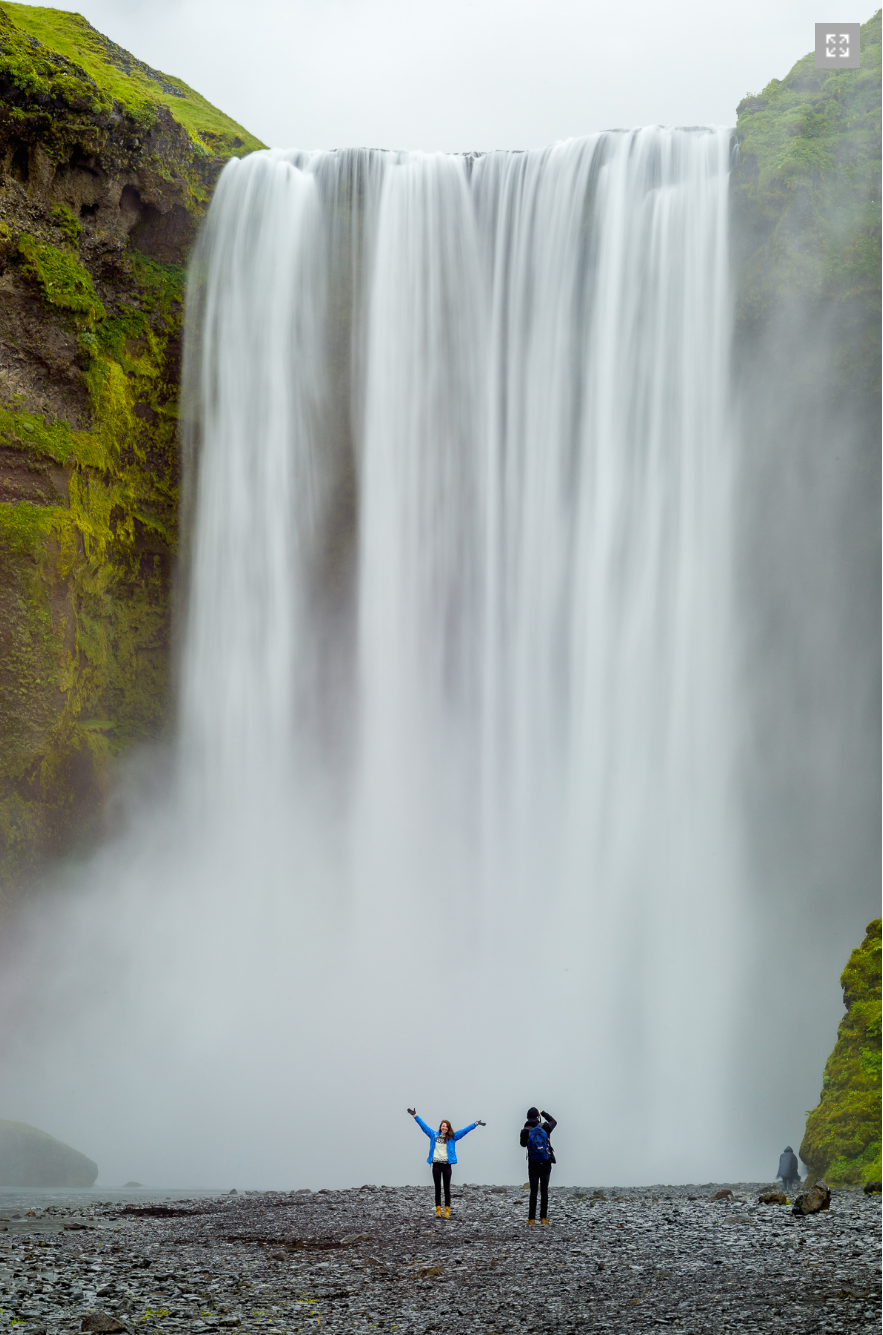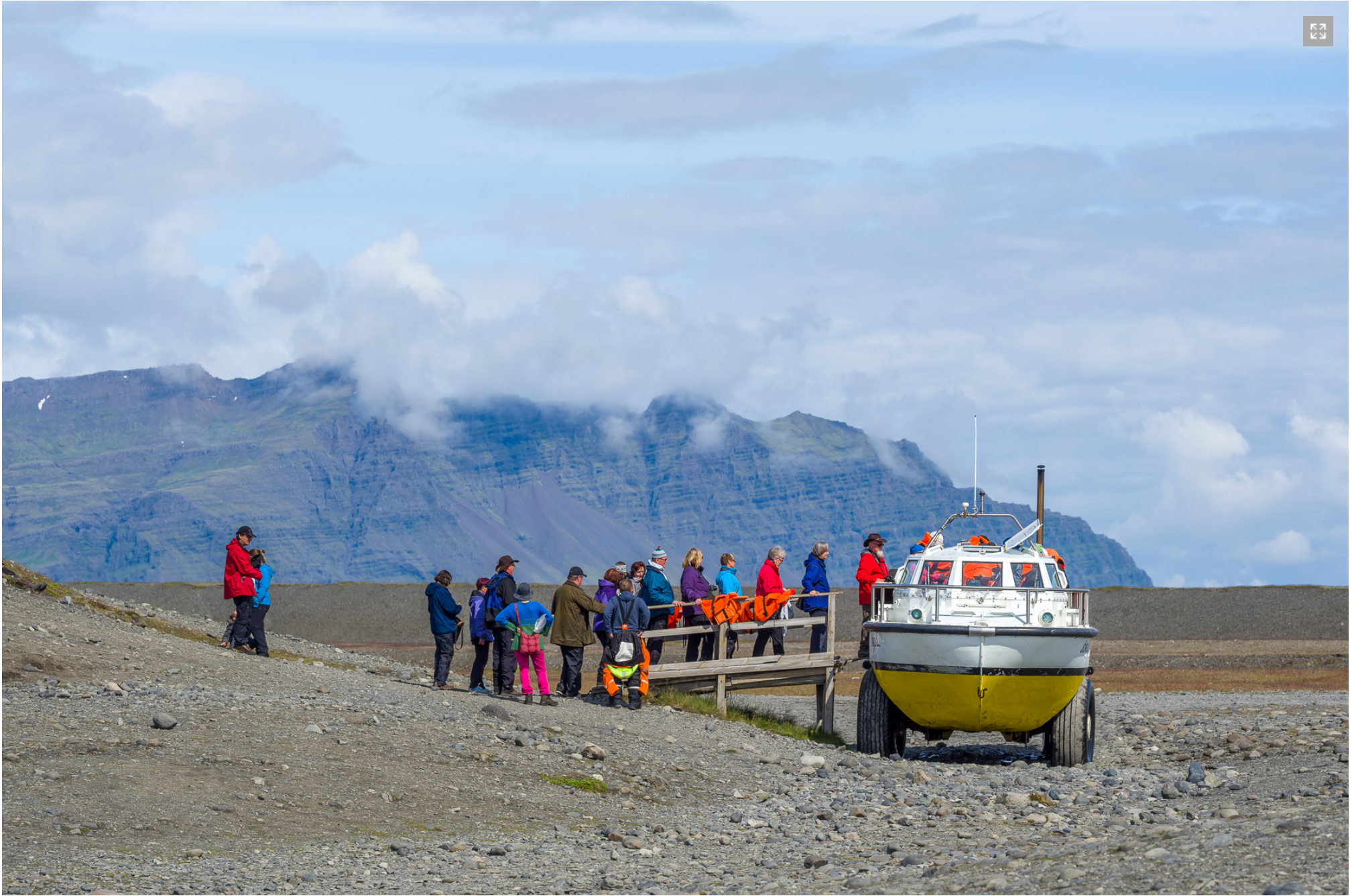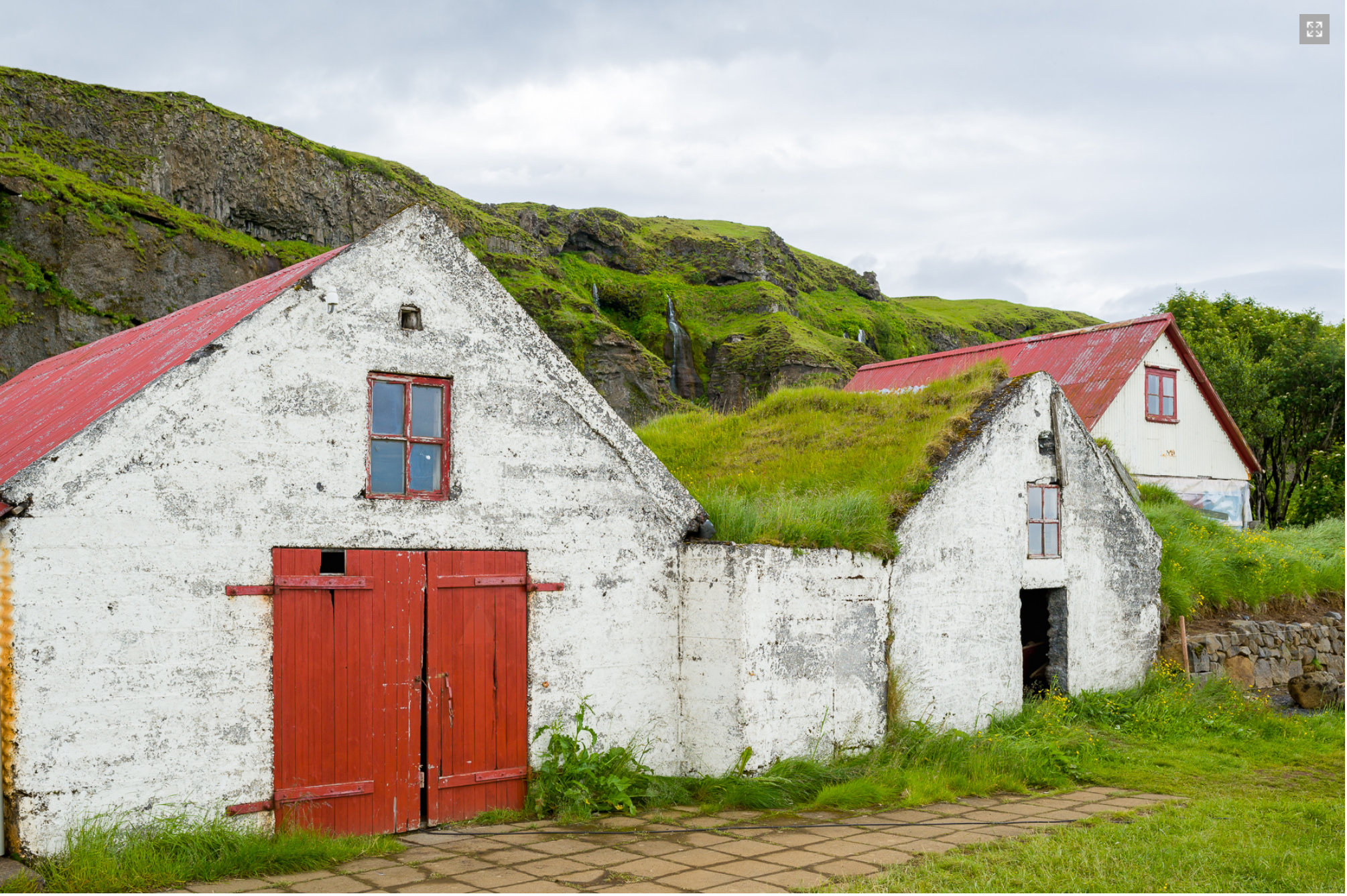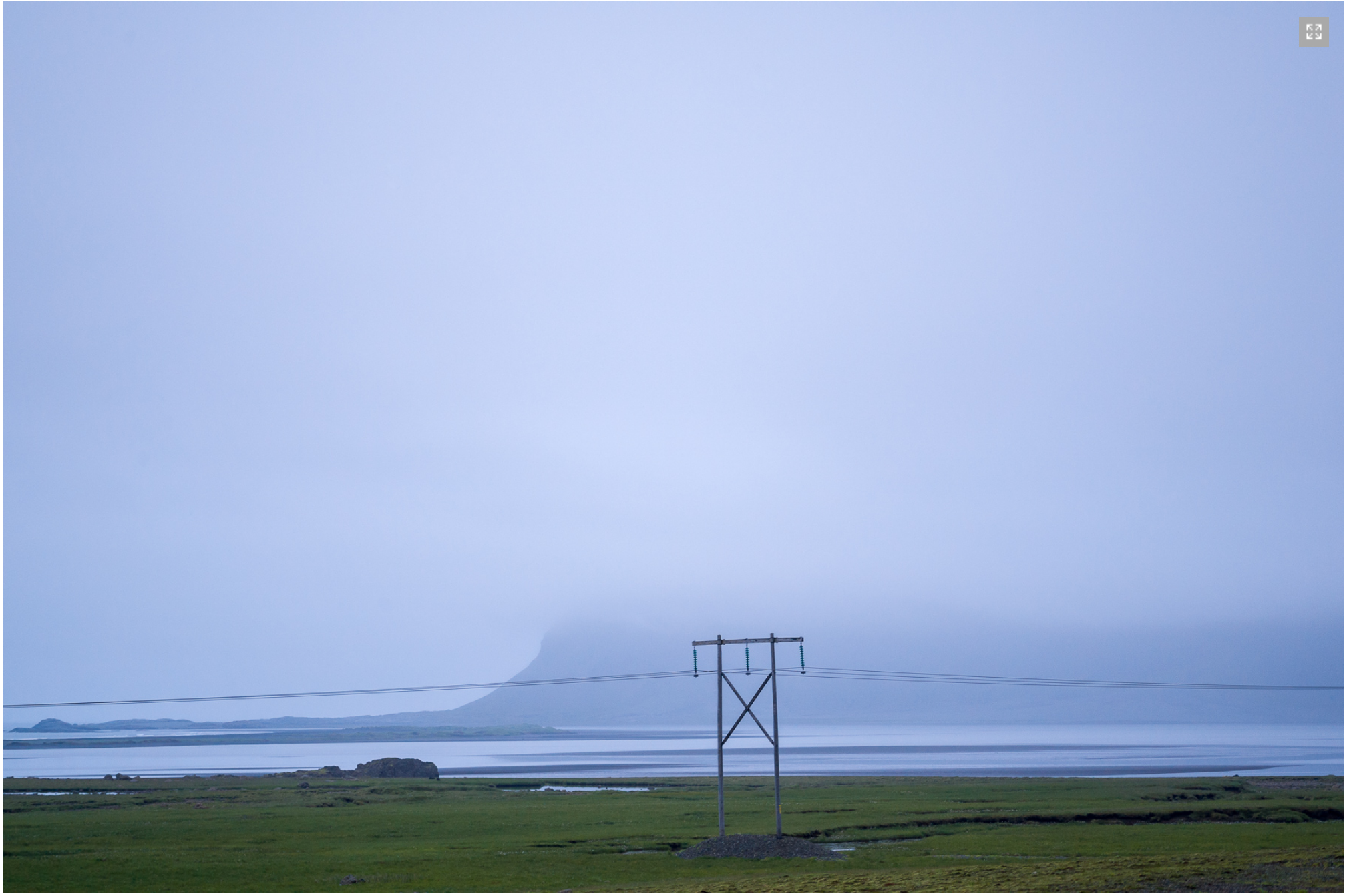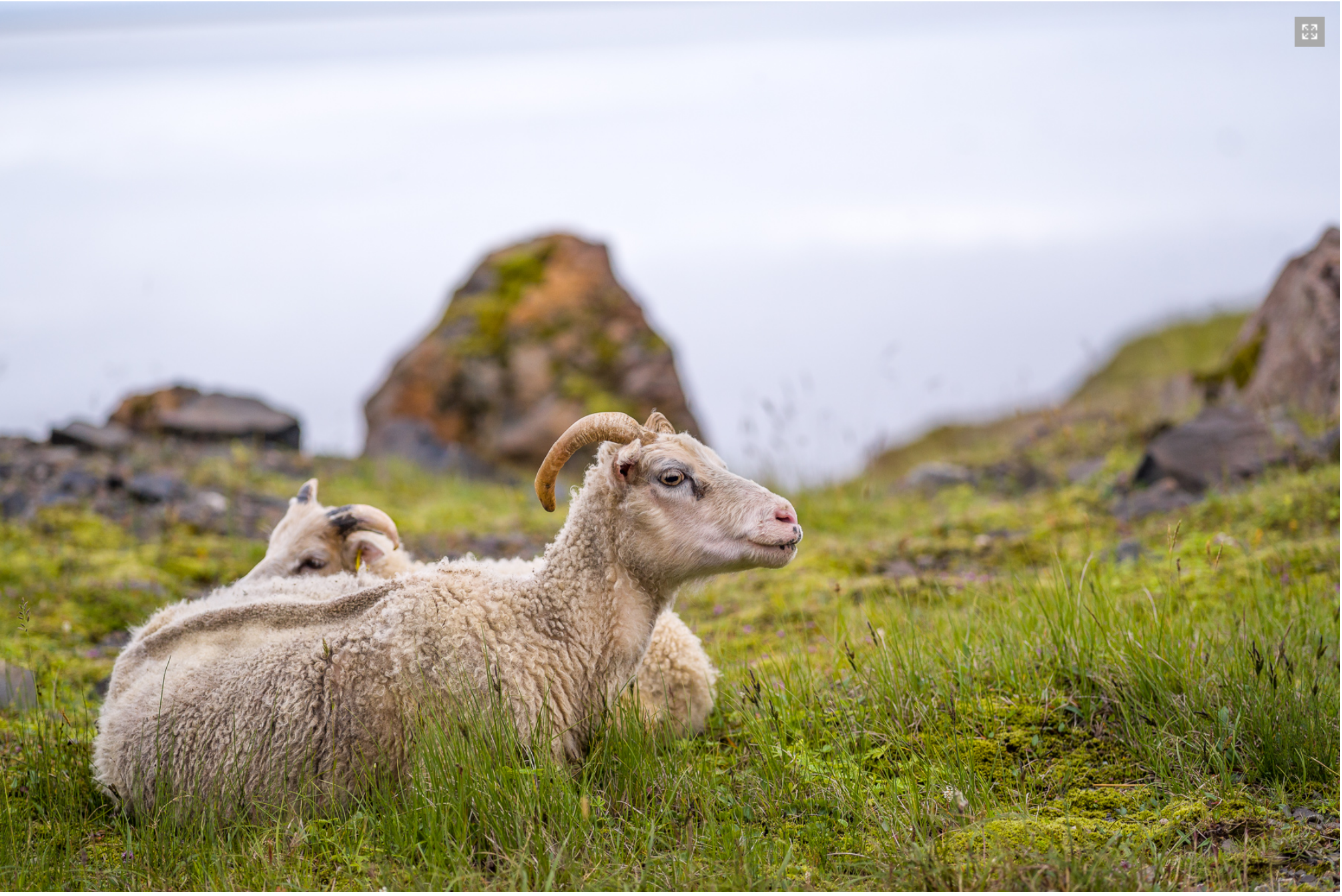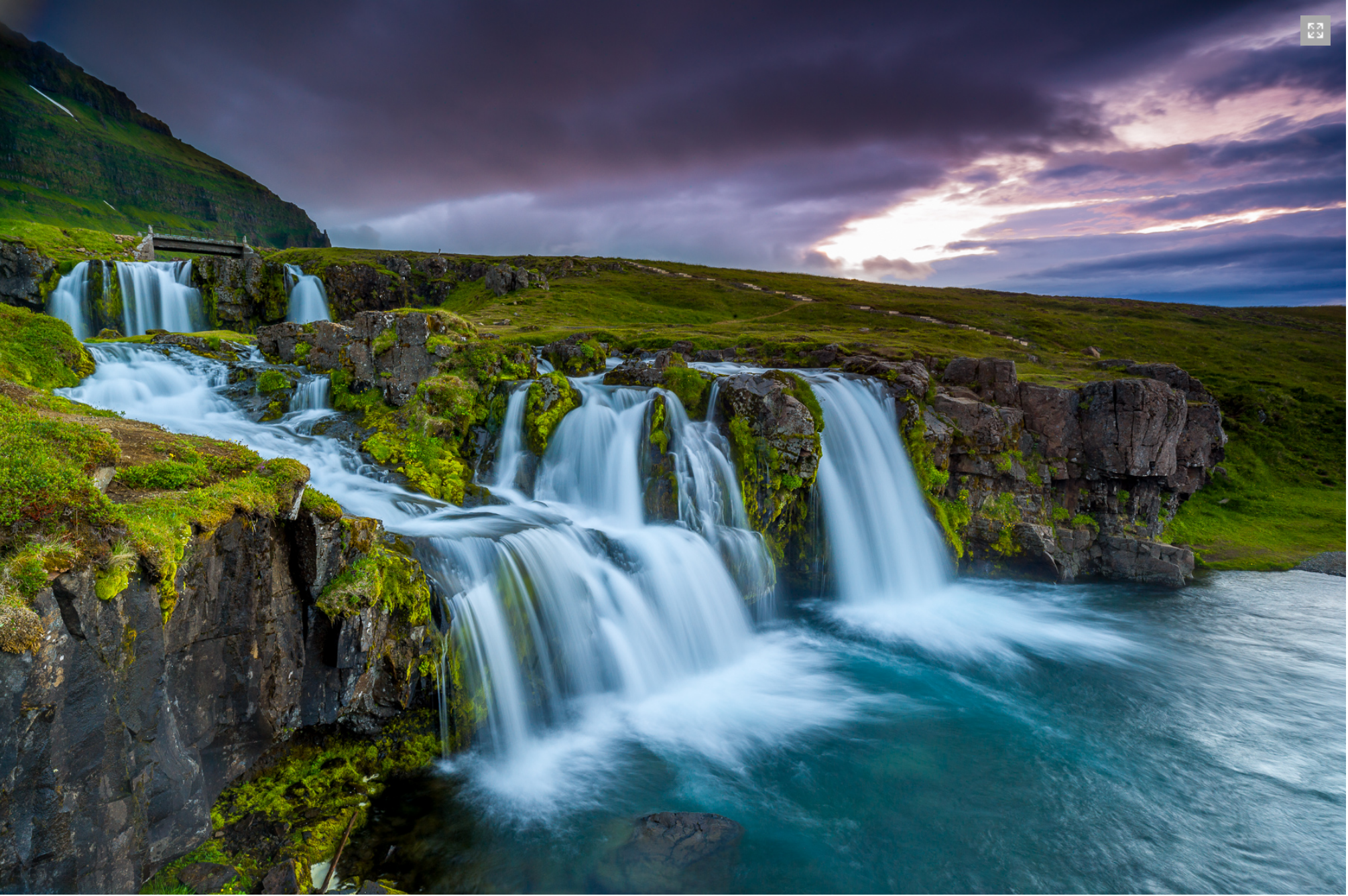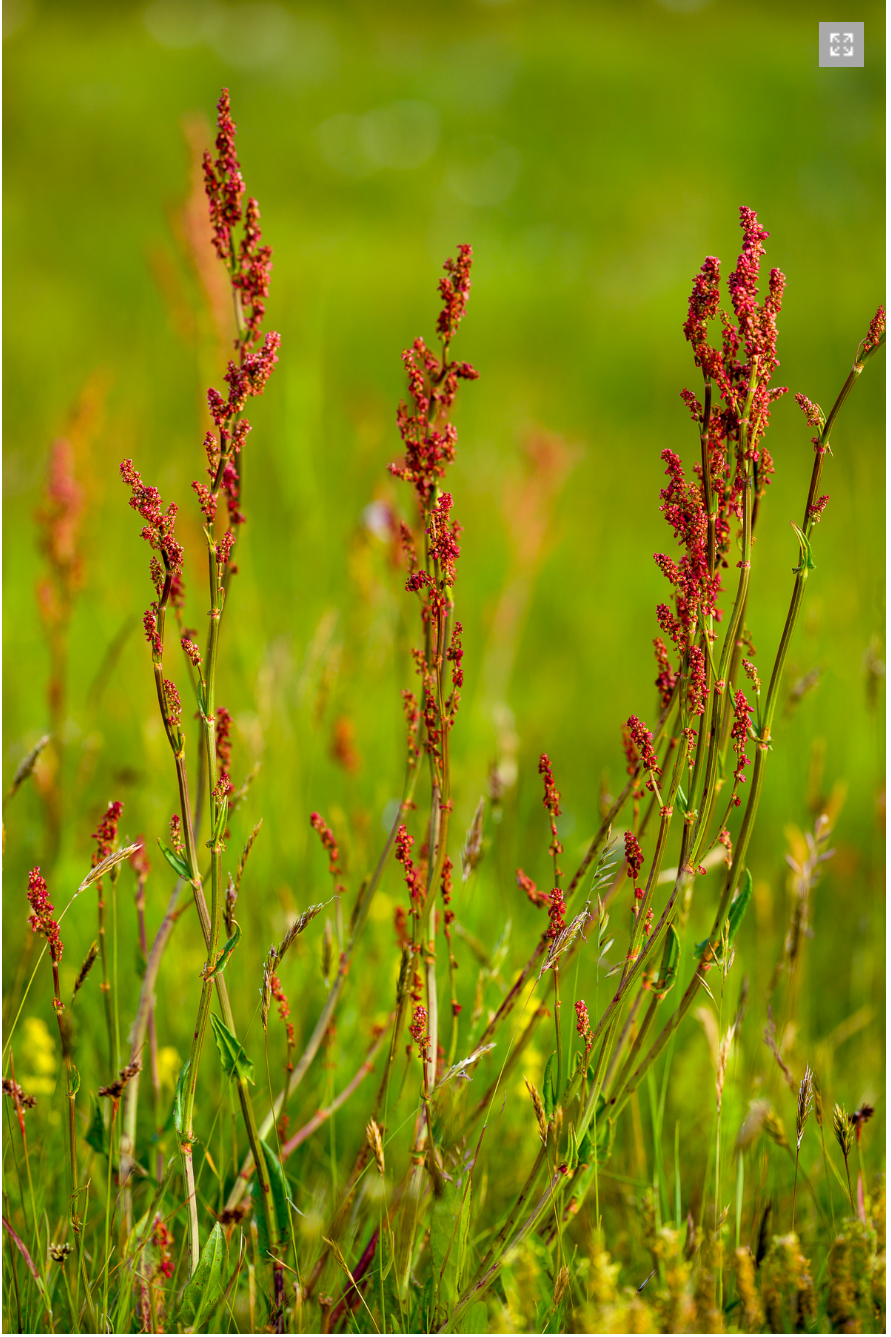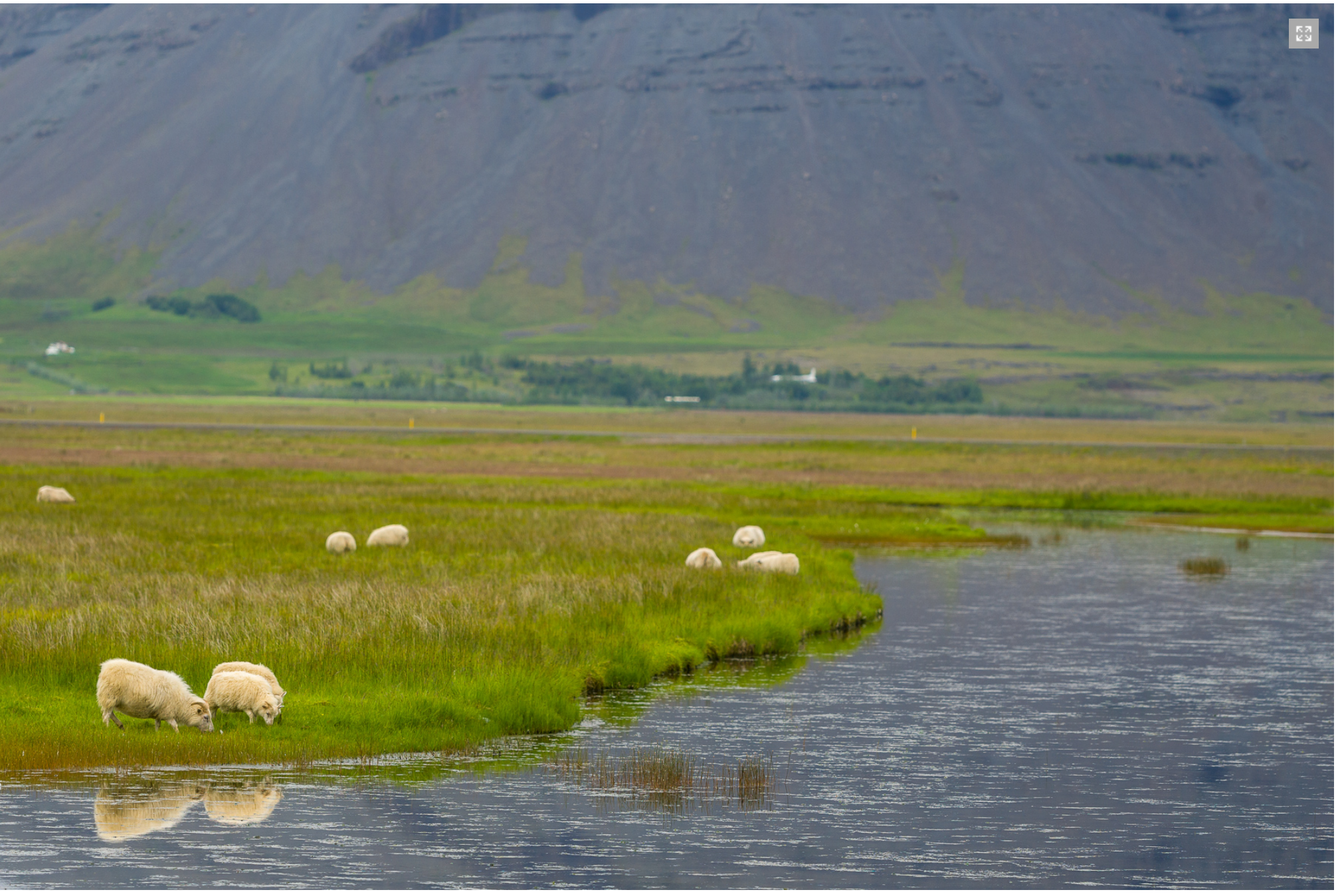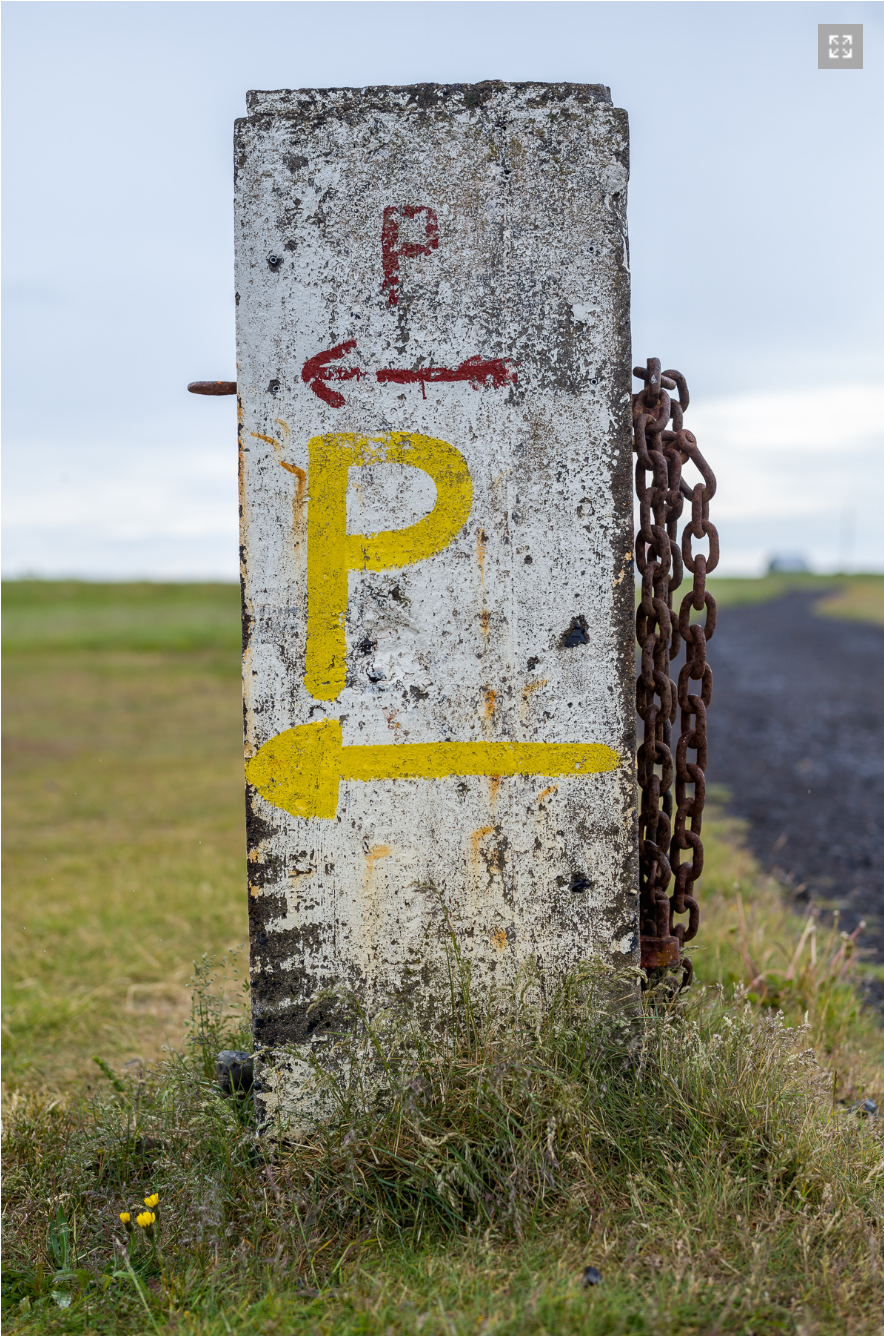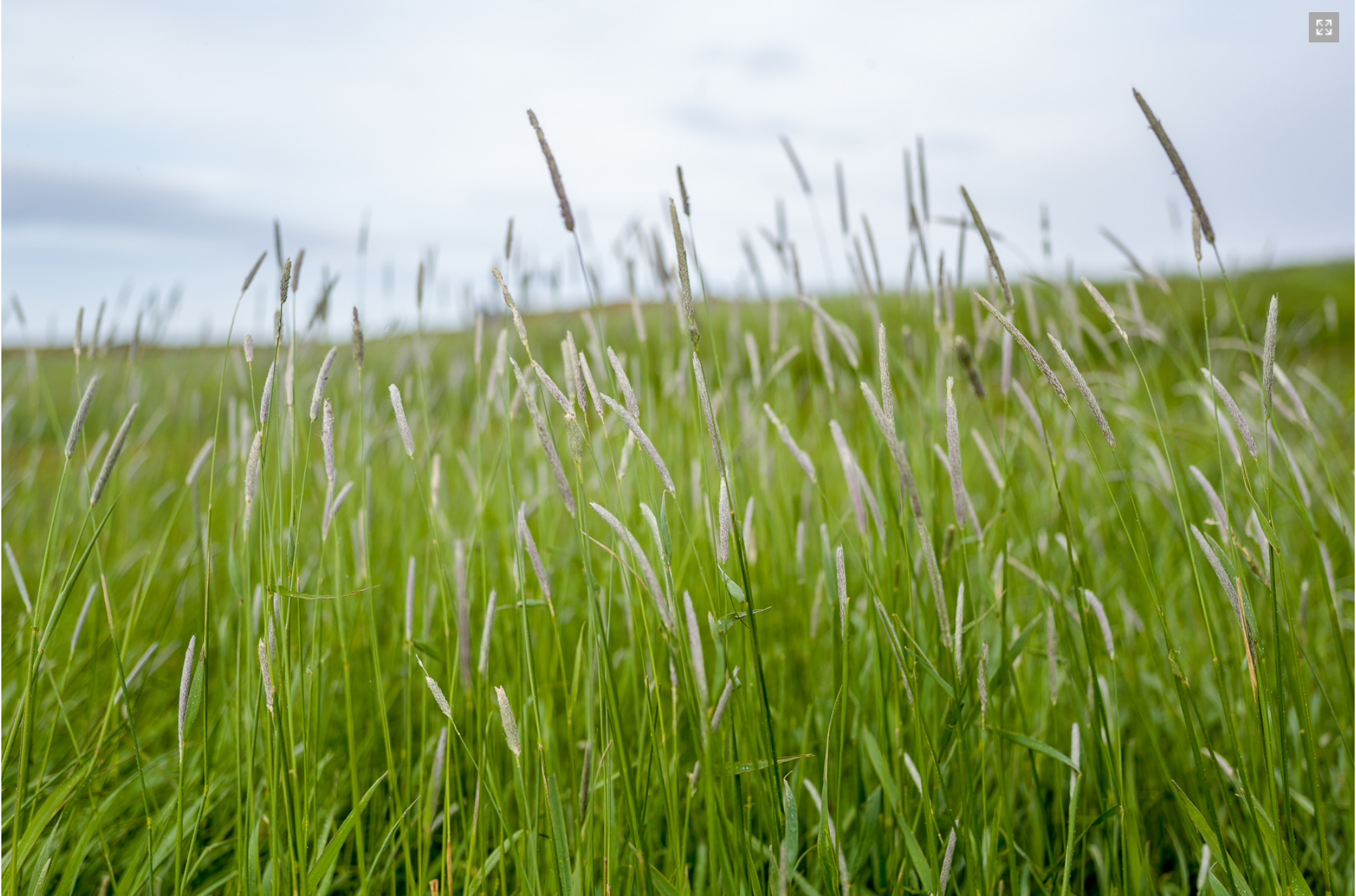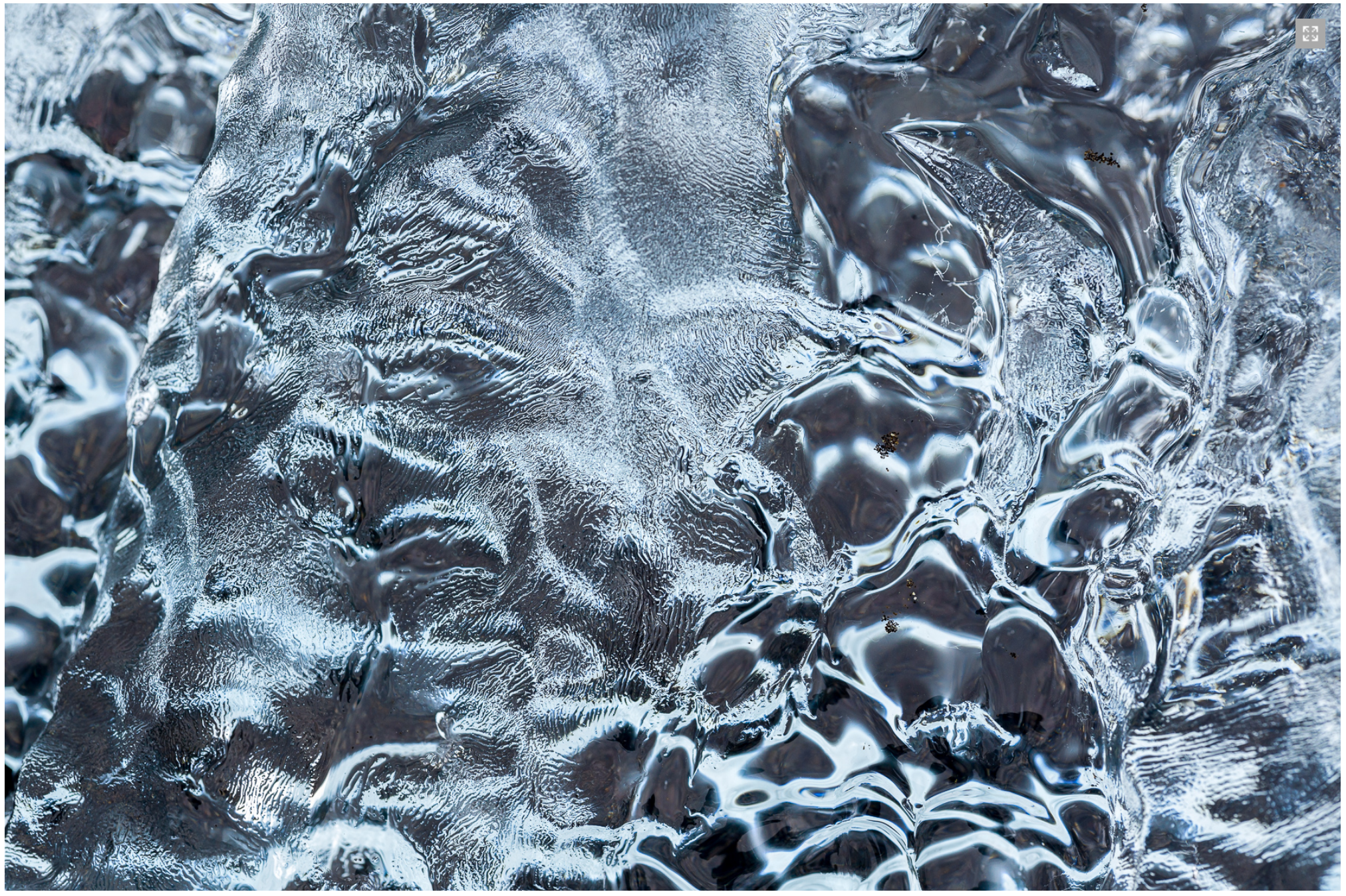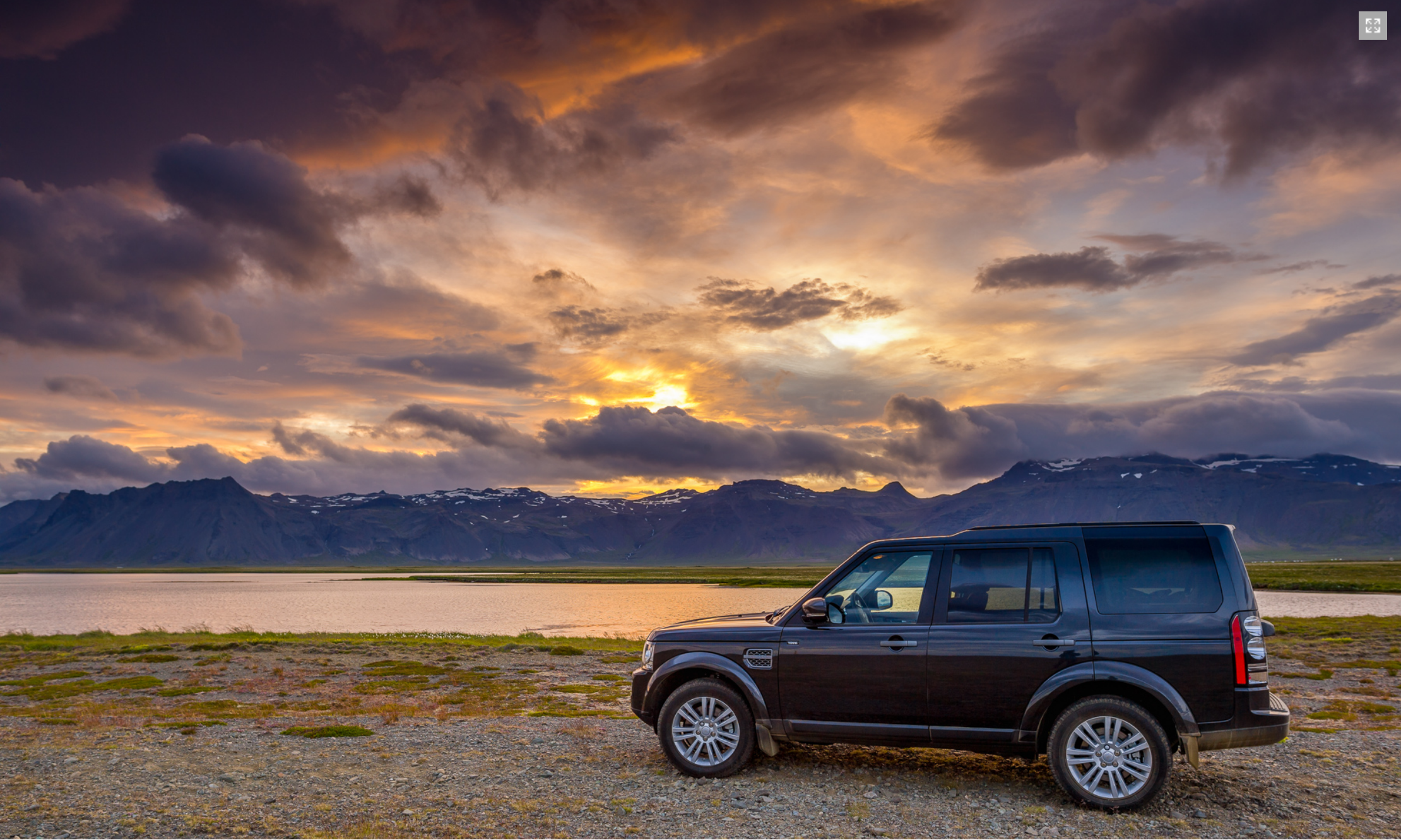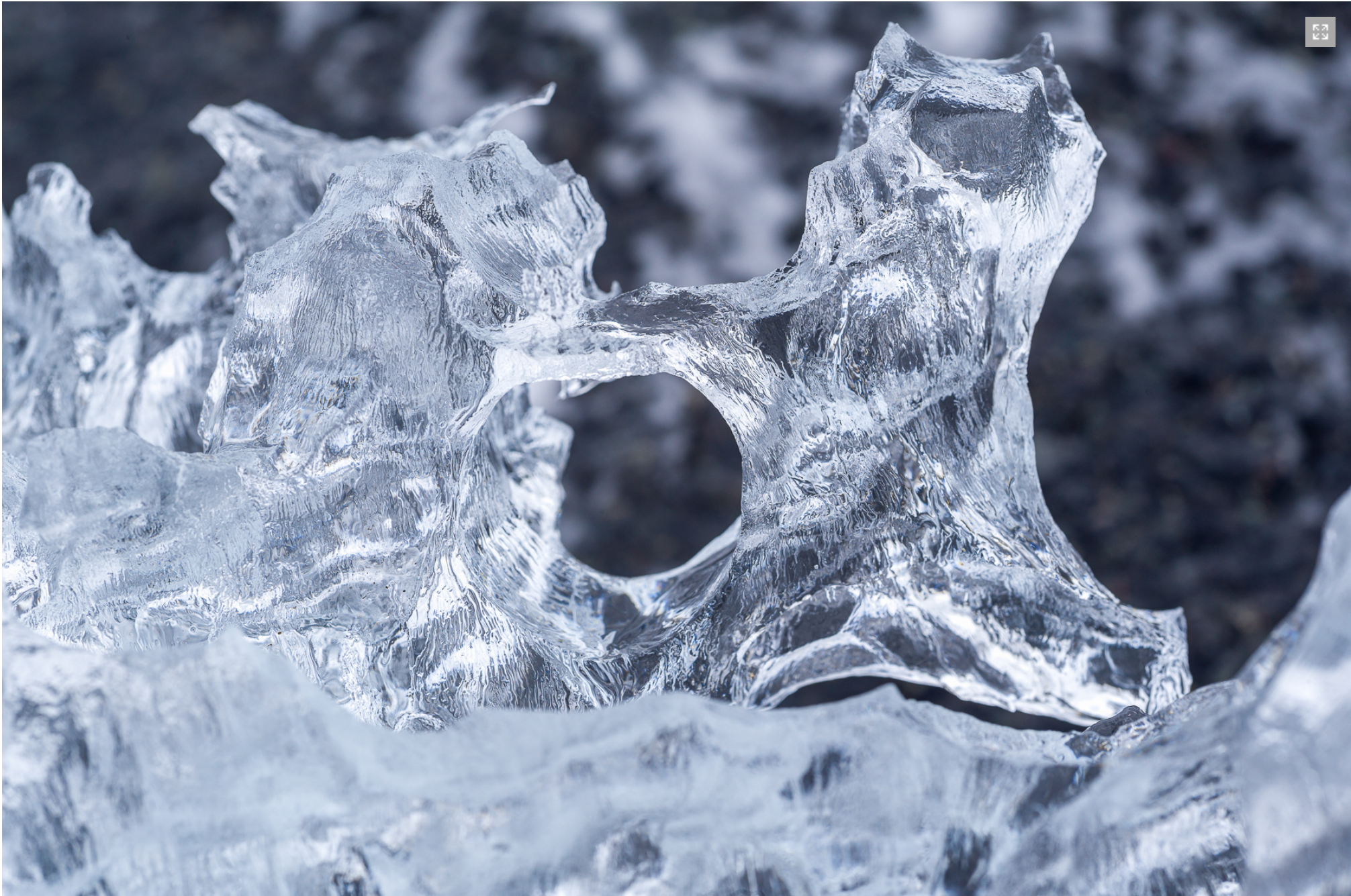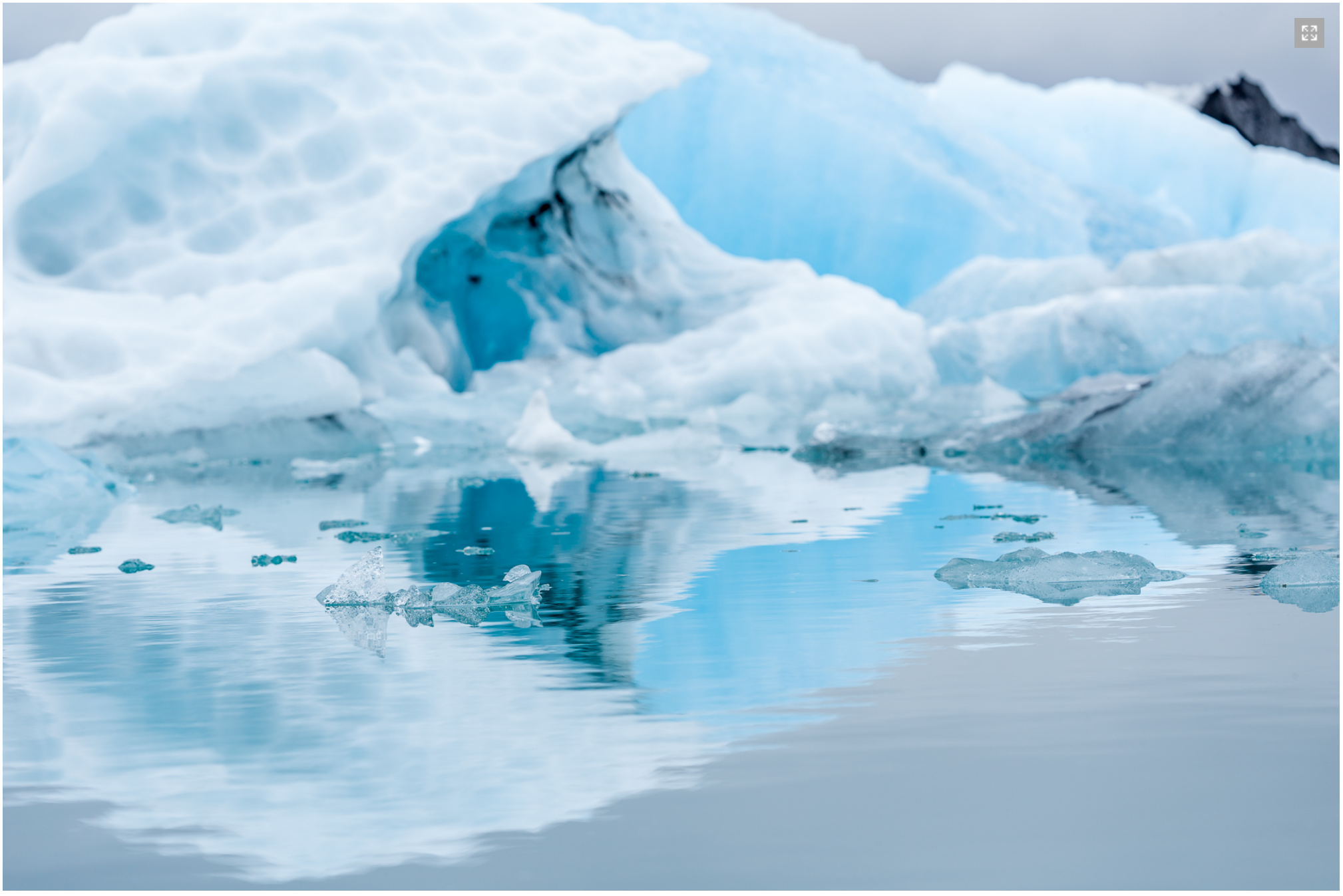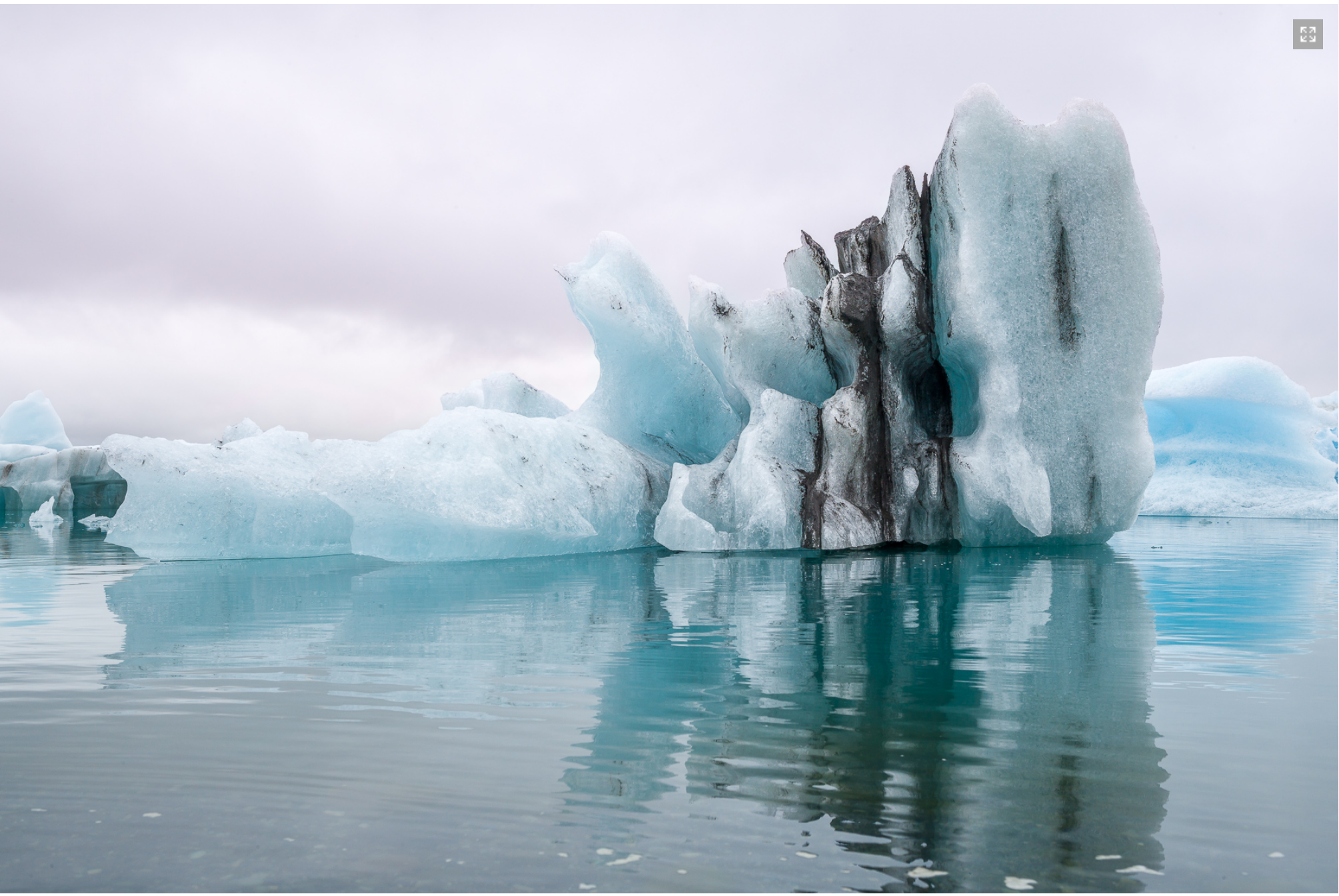Leica S (Typ 007) Review
It’s official. Leica has just started delivering the world’s fastest medium format digital camera, and perhaps the most advanced. When I met with the product managers for the new S (Typ 007) at Photokina, I was in awe of all the technology Leica brought to bear with the new camera, without sacrificing the elegant simplicity that makes a Leica so intuitive to use. Leica has called this Das Wesentliche, German for “The Essentials.” As I’ve noted on so many of Leica’s recent endeavors, the engineers and designers in Wetzlar seem to have this uncanny knack of creating cameras that just feel right, with nothing extraneous or out of place. The new Leica S (Typ 007) looks very much like its predecessor, the S (Typ 006), which in turn resembles the original S2 that was unveiled in 2008. Between the first and second generations were mostly refinements which slightly improved image quality while increasing usability. Sure, there were actually 80 improvements from one model to the next. Taken individually, the changes weren’t revolutionary. The sensor stayed the same. The body stayed the same. But perhaps the biggest updates were hiding behind the new higher res LCD: entirely new supporting electronics and double the buffer memory.
Leica S (Typ 007) in front of S (Typ 006)
Before faulting Leica for not offering a more significant upgrade with the S006, keep in mind what an extraordinary and unprecedented undertaking the original S2, or Projekt AFRiKA as it was known internally, really was. The German camera company poured tens of millions of Euros into the concept, a built-from-the-ground-up medium format digital system that handled like a DSLR, offered full weather sealing, cutting edge AF performance, high frame rate, excellent battery life, and some of the finest modern design lenses ever produced. And, they did so at the height of the global economic meltdown, when most companies were scaling back R&D and cutting staff.
Leica S (Typ 007) in front of S (Typ 006)
And yet, everyone in the medium format world seemed stuck on the idea of separate digital backs and cameras. Sure, there are advantages to this approach, such as being able to remove the back and attach it to a view camera or technical camera with movements. But this approach also comes with inherent disadvantages like a lack of weather sealing, alignment issues and much larger cameras.
By starting over and casting legacy aside, Leica was able to create a camera that featured a sensor 60% larger than full frame 35 DSLR, yet handled very much like one, bridging the divide between ultimate quality and ease of handling. With a smaller mirror than analog 645 systems, the camera could be faster and more responsive. As a single, integrated piece, it could be fully weather sealed, smaller and more ergonomic. Ultimately, the S2 proved itself, and continues to do so, as an amazing camera, capable of incredible imagery and as rugged as a tank.
Now with the S (Typ 007), as the third generation S camera body, Leica finessed the ergonomics and physical controls, while dramatically upgrading the inner workings of the camera to offer dramatic image quality and speed improvements. At its core, the S007 features a newly minted Max CMOS 37.5 MP sensor along with the blazingly fast Maestro II image processing engine. If you want to understand the reasoning as to why Leica stayed at the same resolution of ~40 MP and didn’t try to up it to 50 MP, please read my analysis and interviews. In a nutshell, they felt that speed and overall performance were more important than a 10-15% increase in linear resolution. At the time, I saw the logic of this decision, in theory at least.
And now that the camera is released, we can start to see how Leica’s gameplan worked out. The camera is fast and responsive, in a different class from the rest of the field. With a sustained capture rate of 3.5 frames per second, the Leica S (Typ 007) is officially the fastest MFD camera currently available. It also features instantaneous image review and zooming, with no awkward redraws during scrolling, no fuzzy preview images while flipping through a series of shots, and zero hesitation. Everything just feels snappy. Couple this with an unmatched shooting experience, care of the softer and quieter shutter, minimal mirror blackout, amazingly bright and large color-neutral viewfinder, 60 fps live view and great ergonomics, and you’ve got a very enjoyable photographic tool. And lest we not forget that the S gives you access to the most incredible range of lenses ever designed. This isn’t a situation of some good lenses and some great lenses and other meh lenses. All focal lengths are class-leading. Sharpness, detail, color, tonal transitions. All stellar. At every distance and every aperture (up to diffraction point, of course). To quote the venerable Peter Karbe, head of optics at Leica, “The S lenses are the best lenses we’ve ever made. For any system. Ever.” Strong words from the brilliant optics designer who crafted the 50 APO, among other legendary Leica glass.
Leica is also the only camera company to completely reverse engineer two other companies’ lenses to have, not just as much, but more, functionality on the S than on their original systems. The ability to use Contax 645AF andHasselblad HC and HCD lenses is huge. These aren’t dumb adapters. Rather, they allow full AF and auto aperture control, with the S Adapter-H also allowing use of dual shutter functionality, something not even possible when HC lenses are used on their native H body. On an H body, users wishing to use open apertures in full daylight are limited to 1/800th and must resort to ND filters, reducing viewfinder brightness and AF performance. On the S, these same lenses can be used with Leica’s focal plane shutter up to 1/4000th, allowing full aperture shooting.
While not offering AF or auto aperture, Leica also offers adapters for Hassy CF and FE, Pentax 67 and Mamiya 645lenses. Based on my own testing, I’d suggest that if you can spring for a particular focal length in the Leica S version, do it. Nothing matches the optical performance of the purebred Leica optics, nor the convenience of autofocus and the durability of full weather sealing. If you want to play around with different looks, already have a gear cabinet full of classic glass, or are on a tight budget, the adapters make a lot of sense.
While not at the forefront of most still photographers’ criteria, the S007’s video capabilities are a first for medium format. The camera can capture Full HD (1920×1080) using the full width of the sensor at 24, 25 and 30 fps, and Cinema 4K (4096×2160) using 1:1 pixel mapping (Super 35) at 24 fps, all in .mov format (Motion JPG) in 4:2:2 compression. Pairing the extraordinary dynamic range, high ISO capability, and fantastic color of the Max CMOS sensor with the stunning Leica S lenses should make for some truly luscious motion capture. And while Leica is fairly new at video, they did put in some fairly cool features. Clean FHD signal can be sent out via HDMI to an Atomos unit, which can also control the camera. An audio adapter is included in the box, which allows use of an external microphone (Leica recommends Sennheiser), external timecode generation input and a headphone jack for monitoring and playback. I would have really liked to see mini XLR input, 4K output, and RAW video as well, but I’m sure as Leica gets more experience in high-end motion capture, we can expect future iterations to be more feature-rich.
From theory to practice
I made no secret of my desire to try out the S (Typ 007) as soon as it was ready, and after many emails back and forth, I finally got the green light. Stephan Schulz, the product manager for professional products at Leica, would be coming to US for promotional shooting and agreed to bring me a camera for me to test. The only catch: I’d have to meet him in New York City. No problem. I love NYC. I even carry a current Metro Card in my wallet. And while the City is a great photo destination unto itself, I started thinking about where I should go to test out the S007’s landscape chops, as this is my primary use for the S system.
I’ve shot with the S System (the S2 and the S006) all over the world in myriad conditions, but this time around, I really wanted to put the new S007 through the wringer and see what came out the other side. I’ve been wanting to go to Iceland for a while now and this seemed like the perfect opportunity to truly test what the S was capable of. Everything I had read about Iceland said that its grueling conditions, with unrelenting wind and rain, wreaked havoc on cameras and photo gear. Backup everything was highly recommended. Of course, this wouldn’t be some stoic quest. The reward for enduring this challenging environment would be access to one of the most photogenic locations in the world. And, Keflavik airport is just a five and a half hour flight from JFK. Good thing I was already going to be in NYC.
Planning
With only a little more than a week to go, I starting putting together a strategy. Hotels wouldn’t work due to the shooting hours and unpredictable schedule. I didn’t want to bother with a tent as setup and breakdown would be a pain and take extra time. I needed a 4×4 to traverse the F roads that would take me into the more remote locations, so the camper vans that are so popular in Iceland wouldn’t work. My best option seemed to be to find a 4×4 SUV that I could sleep in comfortably. After a bit of research, I found that the Land Rover LR4 had second and third row seating that folded completely flat and created a 6 foot long area behind the front seats. Given my height of 5’10”, I figured this was a good fit. Instead of counting on finding restaurants along the way, which I already had heard was challenging, I opted to bring all my food with me. I stocked up on dehydrated camping meals, nuts, dried fruit, protein bars, instant oats and some homemade granola. I got an ultralight camping stove, some backpacking cookware and titanium sporks. While I wouldn’t be backpacking for days on end, I still needed to stay under weight limits on my bags and I had to pack two weeks of food, along with my bed pad, sleeping bag, clothes, tripods, and everything I’d need for some serious shooting. And, traveling solo, I wouldn’t be able to split the load for shared items.
I looked over a couple of ebooks on shooting in Iceland and ordered the International Photographer’s map of Iceland to try to figure out how to tackle this country. My plan was to make the loop around Iceland’s Ring Road, also known as Route 1. I set my sights on taking the clockwise route, which would take me through the Snæfellsnes Peninsula, then up through the Westfjords, over the northern coast, into Mývatn, down past the magnificent waterfalls of the Northeast, traversing the East Fjords, hitting the southern sights, venturing up into Landmannalaugar in the Highlands, then making my way back to Reykjavik to depart home. I figured nine days would be enough.
Being so close the Arctic Circle, the days in Iceland are extremely long in July. When I would be going, the sunset is around 11:30pm with the sunrise close at its heals at 3:00am. The period in between isn’t exactly night, either. It’s more like the hour before a perfect sunrise, where the glow of the sun just below the horizon starts gently illuminating the night sky with a deep blue hue. I had read that the golden hour was actually more like golden hours, lasting from about 8pm to midnight in mid July. So far, everything sounded great. I planned to shoot when the light was best, say from 6pm to 6am, then drive and sleep during the day. I wasn’t totally sure how this would play out, but that was my idea heading over.
For lenses, I figured I might as well bring as many as I could fit. I probably could have gotten by with the 30-90 zoom, a 24 and 180, but my obsessive nature wouldn’t let me take the chance on any possible equipment failure. I’d rather have several prime lenses in the same range just in case one went belly up or, you know, fell into a glacial stream. So, I ended up with six lenses. I also got good exercise carrying them around in my backpack.
The plan was set in motion. I got my flights booked and my Land Rover reserved. I had a week to get all of my supplies, pack and try to figure out a rough shooting schedule.
Getting hands on in New York
I met Stephan at his hotel in Chelsea. We sat outside enjoying the afternoon breeze and talked about the sweet camera that sat on the table in between us. We had already covered most of the details on the S007 at Photokinain Germany back in September, but having the real deal and not a prototype is always exciting. He walked me through all the features and shared some background on the camera. We discussed the updates from the S006 to the S007 in some depth.
Differences from S006
Looking at the S006 and S007 next to each other, the differences at first appear very subtle. Same body shape. Same rear control layout. But, closer examination reveals some very meaningful upgrades.
Max CMOS Sensor
The biggest change, obviously, and the one that has driven much of the functional and performance improvements sits at the heart of the S007. The tweaked Max CMOS sensor, a design collaboration between Leica and CMOSIS, improves on the already impressive image quality of the smaller version found in the M240. Still manufactured for Leica by ST Micro in France, the 37.5 MP CMOS design measuring 30x45mm has improved A/D converters – one for each column, or 7,500 if you are counting. Since each one only has to process and output 5,000 pixels apiece, the sensor can be read out very quickly with minimal power consumption or heat generation. The previous CCD sensor used in the Typ 006, by comparison, had four readouts, making for much slower capture off the chip. This change to CMOS architecture allows for live view and video capability.
By making some modifications to the underlying photosites to increase full well capacity, and while simultaneously making some alterations to the microlens structure to increase the optical efficiency, the new imaging chain is able to offer about a 2 stop improvement in dynamic range, pushing it up to a class-leading 15 stops. This is huge. Dr. Zimmer and his team in the digital imaging department at Leica should be congratulated for their ability to take a proven platform and improve on it even further.
Expanded ISO range
The S006 ISO range goes from 100 to 1600. The M240, which shares the same sensor architecture as the S007, goes from 200-3200 in its normal range, with PULL100 and PUSH up to 6400. The S007 expands on both the earlier S and the M240, by offering an ISO range from 100 to 12500. With very usable high ISO capability, Leica hopes that the S will work in more situations than ever before, negating the need to a second, smaller system.
New top plate LCD
The color OLED display used on the all S models up until now was a cool idea, but the new transflective monochrome LCD on the S007 is a revelation. It is the most readable top display I’ve seen employed on a camera. Using similar technology the automotive industry uses for making dashboard displays, the information screen is equally readable in all lighting situations, especially daylight where other LCDs fall short. In fact, the brighter the sunlight, the more contrasty the display looks. In low light situations, it is constantly illuminated with a pleasing dark blue glow, but when viewed at a 45° angle like you would operating the camera on a tripod at chest level, the LCD looks monochromatic.
Regardless, I think the decision to offer a larger, more readable top display was a good one. In practice, it is far more useful than the smaller color OLED of the S006.
New UI
The on screen menu and information structure has been changed. Much like the latest iOS and Windows Phone interfaces, gone are the shading and gradients, instead going for more of a flat 2D modern aesthetic. If you’ve seen the interface on the Q, they share a lot of similarities. I’m sure, going forward, all Leica cameras will share this newer, clean look.
The new processor also allows for some nifty on-screen animated transitions, like the playback controls easing off the screen after a few seconds.
Top dial vs. shutter speed dial
In one of the most dramatic operational changes, the etched shutter speed dial goes numberless on the new camera and gets moved forward in order to be turned more easily with your forefinger. Besides operating as a shutter speed dial during shooting, in playback it doubles as an always-on zoom control. This frees up the rear thumb dial to scroll through images, whether zoomed in or not.
This simple shift makes playback faster and more intuitive. Just zoom in with the top dial and scroll through images with the rear dial, using one hand.
On the S006, the joystick had to be pressed to change display mode. Now, the lower right LCD button takes on the job. In fact, manipulating the joystick with a non-zoomed-in image on screen does nothing. The joystick is dedicated to image scrolling while zoomed in, or while in live view, yet still functions as an AF-ON button in manual focus or when in live view.
In spite of long-ingrained muscle memory, the playback operation became second nature in no time. It’s just so intuitive.
Getting upgraded to stainless steel
Leica designers stepped up the ruggedness and corrosion resistance a little bit on the S007 with the expanded use of stainless steel. The entire lens mount assembly, shutter release button and strap lugs are all stainless. The metal is a little darker and looks super classy.
Refined shutter release
Besides getting a stainless makeover, the shutter release has gotten a mechanical upgrade as well. Its firmer and smoother action make for less travel and very little play. The half press has a wonderful, tactile feel and only slight additional force is needed to fire the shutter. This should result in an increased success rate for handheld shooting at slower speeds.
Leica S (Typ 007) with APO-Macro-Summarit-S 120mm, 1/350th @ f/6.8, ISO 400
New mirror and shutter assembly
Of course, most of the credit for increased handholdability goes to the new smooth, quick and quiet mirror and shutter. In-camera vibration is reduced to a minimum. The S006 shutter was already soft for medium format. This one is soft for 35mm. And, mirror blackout is extremely brief, even allowing clear view while shooting at 3.5 fps. This is not your older brother’s medium format camera. Naturally, there is no shutter delay. In addition to being faster and quieter, the new shutter is also more durable, with a rated minimum life of 150,000 actuations.
Maestro II
While the original Maestro processor, which was introduced on the S2 and still powers the M240, is no slowpoke, the second generation more than doubles in speed. For instance, when using playback, the new Maestro II can render on-the-fly JPG previews at a blistering rate of 320 MP/s, or more than 8 fps when churning through the S007’s 37.5 MP DNGs.
Consider also that the S007 is the fastest medium format camera to date. At 3.5 fps capture rate, the Maestro has to readout and process 131.5 MP from the sensor each second. That is a lot of data to push around and never do you feel any hint of hesitation or slowdown.
Of course, most of that extra speed was needed in order to provide for the newly introduced live view and 4K video capture. The operational speed increases are just the gravy.
Leica S (Typ 007) with Summarit-S 70mm, 1/180th @ f/2.8, ISO 3200
Live view
The live view implementation on the S is fantastic. With a 60 fps refresh rate and accurate exposure simulation, there is little to complain about here. Later, during my testing, I’d use live view a fair amount when shooting from a tripod. Unlike on the M240, you can zoom in to any part of the image for a 100% view. Using, the joystick, you can scroll around the image, and by pressing it in as a button, focus anywhere in the frame using contrast detect AF off of the sensor. This is incredibly useful when you have the composition you want and want to focus on something off to the edge of the frame. While slower than the standard phase detect AF used through the lens, the sensor-based focusing is extremely accurate.
You can cycle through the LV capture assistants (highlight/shadow, focus peaking, horizon, exposure simulation) with the lower right button surrounding the LCD. I especially like the highlight/shadow warning in live view, combined with exposure simulation. This saves some trial and error when using grad filters and heavy NDs. The camera gains up the exposure so there is no peering through a darkened viewfinder.
Leica S (Typ 007) with APO-Macro-Summarit-S 120mm, 1/750th @ f/4, ISO 3200
The capture assistants stay toggled on at every zoom level in live view, which is really well thought-out. So, you can zoom in to a particular part of the frame, play with the exposure and focus, all while getting valuable feedback from the camera. And, as always, the histogram display changes based on what is in the LCD display field of view. As you move, the histogram changes to accurately analyze the section you are looking at.
Video
With a project codename of Hollywood, the S007 was imagined from its inception to excel at video. In fact, internal discussions at Leica for medium format motion capture date back to even before the S006 was being worked on. At the time, around the release of the original S2, the technology just didn’t exist. So, The S006 proceeded as planned, with the codename Beverly Hills. Why this particular codename? Well, they reasoned that you have to drive through Beverly Hills to get to Hollywood. Who says Germans don’t understand American geography? Ultimately, the S006 proved to be a nice step forward from the S2 and most of the innovations from that camera ended up in the S007. Then, with the advent of basic video capability of the M240, Leica was able to make the advances necessary to achieve their design goals.
Full video rig, as show at Photokina
To activate video recording, you can press the red dotted button on the top plate at any time. Of course, if you want to compose and check settings first, it might be a good idea to activate the video LV screen. To do so, just press the live view activation button on the top deck twice. The first press will activate LV. The second will toggle video mode. Here, the frame will be masked appropriately depending on recording format and display time remaining on the card, clip time and live audio levels. It’s worth noting a few footnotes about video recording. Full HD uses the whole sensor width of 45mm and can be recorded to CF, SD or out through HDMI to a recorder such as an Atomos Ninja. 4K video can only be recorded to an SD card, and a fast one at that. In fact, if you try use a card incapable of keeping up with the write demands of 4K video, an alert “SD card too slow for video capture” will display on the LCD and terminate the clip.
New battery
Be aware that due to the increased power draw requirements for live view, video recording and 3.5 fps frame rate, Leica had to develop a new battery for the S007. It is exactly the same dimensions as the battery for the S2 and S006, and is backwards compatible, but offers 2300mAh vs 2100mAh. This may not seem like a huge difference, but old batteries will not work in the new camera. Don’t worry about any damage to the camera, though. If you power the camera on with an older battery a warning message will show on screen and not allow you to power up the camera.
New (Typ 007) battery on the right
DOF readout
Perhaps one of the most useful additions, especially for landscape photography, is the live DOF readout on the top LCD. When you half press the shutter release, three distances are displayed: near, focus and far. Between the near and far is your effective depth of field. The range is dynamic and based on distance to subject, aperture and focal length. Obviously, this is most useful when using wide lenses at smaller apertures, rather than longer lenses at wide apertures. To determine hyperfocal distance, just adjust the focus on the lens as far forward as you can, while still keeping the back reading at infinity.
DOF readout showing hyperfocal distance on the 45mm @ f/11
Wi-Fi
Like many of Leica’s latest offerings, the S007 comes with 802.11n Wi-Fi capability baked right in. The camera will create its own WLAN allowing you to connect your phone or tablet directly to the camera via a free app. Using the iOS or Android app, you can control the camera settings while watching a streaming 60 fps live view feed, focus anywhere in the image with spot AF, shoot video and capture stills. On the review side, the app lets you browse and download images straight from the card for quick sharing from your mobile device. Unfortunately, I wasn’t able to try the app out yet, as it is not yet released in the App Store.
Leica S (Typ 007) with Summarit-S 70mm, 1/125th @ f/4.8, ISO 1600
USB Tethering
Another notable tech upgrade is the move from USB 2.0 to USB 3.0. This change not only enables faster tethering, either using Leica Image Shuttle or Adobe Lightroom software, but also provides a live view image on the computer screen. The software wasn’t finalized when we spoke, but Stephan estimated that shot to display time would be in the neighborhood of around 2 seconds per image. That’s certainly a respectable number given the resolution of the files. I’ll be curious to put this one to the test, along with the Wi-Fi control when available. Also nice is that the camera comes with an active 5m USB cable. This is longer than the typical passive 3m one, allowing for more freedom of movement in the studio. Because it is actively powered, you can also add extensions without fear of signal loss.
Leica S (Typ 007) with Summarit-S 70mm, 1/125th @ f/2.8, ISO 400
Putting the camera to the test
Alright, certainly no shortage of updates on the S007. But, how would it actually perform? It was getting late and we decided to take a stroll and continue the conversation. This seemed like good opportunity to try it out, so I stopped to take a couple test shots. I cranked the ISO up to 3200 and shot a picture of a car park. Nothing fancy, just a high contrast scene with some color and a lot of darkness.
First shot with the new S (great, huh?)
Leica S (Typ 007) with Summarit-S 70mm, 1/125th @ f/2.8, ISO 3200
The image review flashed on screen instantly. I zoomed in, again, without pause. Wow. “So…. how does it look?” Stephan asked with a grin on his face, like he already knew the answer. One picture of a grimy parking lot at night, and I could already tell the S007 was a very different camera from the previous S bodies I had used. The shutter sound, the responsiveness, the fact that I was shooting handheld at ISO 3200 and the picture looked good. I took a few more snaps along 7th Ave as we meandered to my hotel. We met up with Jim, our Leica rep, and had a drink at the rooftop bar atop my hotel. Stephan was feeling pretty jetlagged and Jim had to work in the morning, so we parted ways. I decided to walk to Times Square and grab a few more test shots.
Leica S (Typ 007) with Elmarit-S 45mm, 1/180th @ f/4.8, ISO 100 (underexposed and pulled up 2 stops in LR)
I was amazed that I could actually use it more like I do my M240 than I thought possible. Image quality was fantastic and with the added ISO range, I was finding that I could easily get adequate shutter speeds. The color rendering at night is similar to that of the M240, as could be expected, given their shared sensor architecture.
Leica S (Typ 007) with Summarit-S 70mm, 1/90th @ f/4.8, ISO 400
The S006 doesn’t handle this thin light very well, so I’ll take the pleasing cinematic palette of the M any day for mixed artificial illumination. There’s only so much Times Square I can handle, so I retreated back to my hotel.
Leica S (Typ 007) with Summarit-S 70mm, 1/180th @ f/3.4, ISO 400
The next day, I wandered around midtown, just trying to get a feel for the camera. This was just a warm-up, not the main event. I’d have 20 hour shooting days for over a week in Iceland. My initial impressions continued to impress. The ergonomic enhancements were great and I was loving the new-found speed of the S007, especially coming from the S006. The shutter responsiveness was at least as good as my M240, which made it capable of street photography. The only drawbacks stem from the fact that the camera and especially the lenses are considerably larger than their M counterparts. I was getting slightly fatigued trekking around the city in the summer heat with the camera a few lenses in my shoulder bag.
Leica S (Typ 007) with APO-Macro-Summarit-S 120mm, 1/750th @ f/8, ISO 400
Also, and this was probably me rather than the camera, but I was more hesitant to raise the S up to my eye to take shots of people on the street. With an M and the articulating EVF, I feel I can be more discreet and inconspicuous. With the massive front diameter of the S lenses, this was not my impression. Perhaps people in NYC are used to tourists with DSLRs and it would have been no big deal, but merely second guessing myself led to some missed opportunities. So, I’d say that either be fearless and emboldened in your photography with the S or choose a smaller, more subtle camera like an M or Q for street photography. This isn’t to say that you can’t shoot street with the S. It’s speed and low light ability make it solidly capable. This was just me, used to the M240, feeling self-conscious.
Leica S (typ 007) with APO-Macro-Summarit-S 120mm, 1/250th @ f/2.8, ISO 3200
My time in New York was short. I had to catch an afternoon flight out of JFK, so I grabbed one final decadent meal. I’d be eating dried food for the better part of two weeks, so I made it count. I rearranged my bags, making sure I could fit the S and everything else I had already brought with me. And, before I knew it, I was in a car, making my way to the airport to get my adventure started.
Leica S (Typ 007) with APO-Macro-Summarit-S 120mm, 1/250th @ f/2.8, ISO 1600
For the sake of brevity, and to focus more on the camera here than my experience in Iceland, I’ve published a companion article documenting my full Icelandic adventure with even more samples from the S007.
For the short version, keep on reading. I’ve also provided a a link at the end of this review, so be sure to click through for more images.
Iceland
Iceland was a strange, unique, relentless, unforgiving, beautiful, magnificent place. At times, you feel like you took a wrong turn and ended up on a different planet. Other times, you think you might just have discovered a hidden paradise. And while there is no shortage of tourists looking for a similar experience as you, I went certain days without seeing another human for hours on end.
Leica S (Typ 007) with Elmarit-S 45mm, 1/250th @ f/5.6, ISO 400
As I wrote earlier, I had planned on driving the circumference of the country, and then some, going counter clockwise over a nine day stay. I’d start in the Snæfellsnes, go the Westfjords and on across the north, around the East Fjords, looping around to the photogenic south. As it turned out, plans change.
Leica S (Typ 007) with APO-Macro-Summarit-S 120mm, 1/350th @ f/11, ISO 100
Iceland is so incredibly photo-rich that there was no way, certainly at my pace, that I would have ever completed the loop in that timeframe. After I was two days in and still only in the Snæfellsnes Peninsula, I bailed on the original plan. I changed direction and headed southeast, doing my best to capture some of the southern sites. I never made it past Höfn in the east, leaving almost one complete half of the island unexplored and unphotographed. I’m not too bent out of shape about this.
Leica S (Typ 007) with APO-Elmar-S 180mm, 1/1000th @ f/6.8, IDO 100
A photo trip like this isn’t a race to the finish line, with quick iPhone selfies along the way. My goal was to get great images while testing out the capability and ruggedness of the S007. If I had gone a different way, if I had spent less time in each location, or if I had simply skipped some locations, then I wouldn’t have gotten the pictures at the times I did. I’m at peace with my decisions and the outcome of the adventure.
Leica S (Typ 007) with Elmarit-S 30mm, 3 sec @ f/11, ISO 100, Tripod
To give you an idea of just how photogenic Iceland is, and how little it takes to get me to stop for pictures, I didn’t even make it 1 km from the rental car pickup at the airport before pulling over to grab a couple pictures in the small town of Keflavik. From that moment on, I should have known my grand plan of making the loop was doomed from the beginning.
Leica S (Typ 007) with Super-Elmar-S 24mm, 1.5 sec @ f/11, ISO 100, Tripod, 6 stop ND
Everything you might have heard about the harsh Iceland weather is true and then some, even in the “mild” summer. While average temperatures were right around 45°F, when the wind picks up and pummels you with that wet cold air at 40 MPH, it chills you to the bone. Dressing appropriately for Iceland is critical. Eventually, everything gets completely wet. Water-repellent finishes wear off quickly. Waterproof boots? Not that waterproof. Especially after getting hit by a rogue wave that went up to my shins on Kirkjufjara beach near Vik, with freezing seawater instantly soaking my wool socks.
Leica S (Typ 007) with APO-Macro-Summarit-S 120mm, 1/1000th @ f/4, ISO 800
I think the only item that stayed completely dry was my Arc’Teryx Beta AR Gore-Tex Pro technical shell. And even there, with my hands up in shooting position, water wicked its way inside my sleeves through my saturated gloves during some of my more epic run-ins with rain and waterfall mist. My Kata camera backpack’s ripstop nylon soaked through multiple times, to the point where the light gray fabric became transparent. Luckily, most of the contents stayed dry.
Leica S (Typ 007) with Elmarit-S 45mm, 1/45th @ f/5.6, ISO 100, Tripod, 4 stop soft GND
And yet, with all the water, all the time, the only item that I didn’t worry about was the S. I took special pride in seeing Nikon and Canon users tucking away their pro DSLRs into zip top bags, struggling to keep their cameras dry and protected from the elements, all while I continued to tough it out with the S in torrential downpours. When walking around in the rain, I had a few concerned hikers and campers alert me to the fact that I had a camera at my side, hanging off my shoulder, soaked. I assured them that the camera could withstand far more wetness than I could and not to worry.
Very wet from waterfall mist
I even tromped through the surf in Jökulsárlón, at the ice beach while wearing waders. Standing up to my knees in the water, the larger waves would crash and send spray over my shoulders. A little 35°F seawater didn’t bother the S either.
Leica S (Typ 007) with Elmarit-S 45mm, 1/750th @ f/6.8, ISO 200
Water and filters or front elements were another story. While I had no qualms about the camera getting sprayed or soaked, keeping my front-facing glass droplet-free was another matter entirely. I kept four lens cloths at the ready in various pockets to wipe away water before taking a shot. In some cases, I had to give up when all my lens cloths were saturated and just served to smear water and haze all over the filters or front of the lens. One errant droplet on a wide angle lens stopped down ruins an otherwise nice image. Worse, smeared haziness looks like you’re shooting through pea soup. This was my biggest challenge and one that had no easy workarounds.
Leica S (Typ 007) with Elmarit-S 45mm, 1/500th @ f/6.8, ISO 400
The grueling conditions in Iceland truly put everything to test and showed me very quickly what I could count on. The S (Typ 007) withstood my constant punishment of water, water and more water. It held up to rain, waterfall mist and saltwater spray from crashing waves. I didn’t baby it whatsoever. No bags or covers. I carried it around no matter the situation. It never complained. It refused to function at anything less than 100%. And, I had no issues using the camera in such wet, cold conditions. All the controls on the camera can be operated with gloves, even soaking wet, freezing ones. Or, with numb bare fingers when I realized that gloves saturated with frigid water probably did more harm than good and removed them.
A little water? No problem.
Lens usage
I used almost the entire range of Leica S lenses. Somehow, I managed to fit an S007 with 24, 30, 45, 70, 120 and180 lenses in my Kata Bumblebee backpack. As can be expected, all the S lenses are just stellar. My most used focal lengths ended up being the 45 and 120, which matches up squarely in line with my M shooting, where my 35 and 90 do the majority of the heavy lifting. Other standouts were the 24 and 30, which are probably the best wide angle medium format lenses ever made. They are insanely sharp across the entire frame and offer an equivalent FOV of an 18mm and 24mm respectively. Again, this matches up exactly with my M kit, where I use the 18mm Super-Elmar-M and 24mm Elmar-M lenses. The only lens that didn’t exactly coincide with my M lenses was the 180, as I don’t usually use anything longer than 90 on the M system. But, the 180, continued to prove how invaluable it is for landscape shooting, offering compression and extra reach when you need it most.
Leica S (Typ 007) with APO-Elmar-S 180mm, 1/4 sec @ f/5.6, ISO 100, Tripod
It is worth noting that I found that while I had always been able to shoot at f/13 for maximum depth of field on the S2 and S006, f/11 was appreciably sharper than f/13 on the S007. Why diffraction should be more noticeable on the S007 than the S006, given the same pixel pitch, I’m not totally sure. Perhaps it is due to being slightly more detailed.
Leica S (Typ 006) with APO-Elmar-S 180mm, 1/1500th @ f/6.8, ISO 100
Sharpness/detail vs S006
The S007 files have more a bit more sharpness and per pixel acuity than those from the S2 and S006 at most ISO settings. This is particularly pronounced at higher ISO settings. Many worried that with the move to CMOS, the CCD crispness would be lost, in favor of a smooth, plastic look. I am pleased to report that this couldn’t be farther from reality. The increase in detail is subtly apparent. Due to reduced electrical and optical crosstalk in the Max CMOS sensor, the S007 files look incredible, with a crisp bite to them.
Leica S (typ 007) with APO-Macro-Summarit-S 120mm, 1/250th @ f/5.6, ISO 400
Image quality – color, DR, detail, malleability
Not only are the files sharper, but the color is at least as good, if not better than the S006. Very natural and plenty of headroom for increased vibrancy and saturation without blooming. Here, I’d say the S007 pulls way ahead of the M240. No fancy presets were needed on my part to get the color in line with what I have come to expect from S images. Of course, with a little post process massaging in LR, the results go from very good to wow with little effort. These files are perhaps the most malleable I’ve ever worked with. And, to think, at the time of writing, there isn’t even a camera profile for the S007 in LR. If I look at my experience testing the Q earlier this summer, the image quality took a sizable leap forward when Adobe released official support in LR. Whether or not the increase in IQ will be as significant, I’m not sure, but it certainly can’t get any worse.
Leica S (Typ 007) with Summarit-S 70mm, 1/180th @ f/11, ISO 200
Dynamic range
The dynamic range on the new S007 is beyond amazing. With a stated number of 15 stops at base ISO, I can attest to the fact that the sheer amount of tonal detail in these files is astonishing. Shadow information and recoverability rivals that of the MM246, or perhaps even bests it. Highlight retention is fairly in line with the M240. Compared to files from the S2 and S006, we are talking about 1-2 stops of extra shadow information. When I pulled up the shadows in the S007 files, the first thing I noticed was how well they retain natural color and saturation. No bluish, flat shadows. Crank the shadow recovery to +100 and everything looks like it should. In many of the shots posted here, I used -100 highlights and +100 shadows in LR without getting that fake, HDR look to them.
Leica S (Typ 007) with Super-Elmar-S 24mm, 1/250th @ f/11, ISO 100
And while I did employ graduated neutral density filters while shooting, there were some cases where the subject didn’t respond well to linear gradation. So, I opted to merely expose for the highlights and pull up the shadows in post. The resulting images looked very natural and I was astounded at the ability to retain so much information in a single file. The camera has a bracketing feature. I never used it.
Leica S (Typ 007) with Elmarit-S 30mm, 12 sec @ f/11, ISO 100, Tripod
ISO performance
While I was in Iceland I rarely used anything higher than ISO 400 or 800, but some of my NYC shooting, and later some dedicated low light shooting when I got back home in Miami, showed that I could safely shoot up to ISO 3200 with virtually no noise, and up to ISO 6400 with acceptable, monochromatic noise that looks like fine film grain.
Leica S (typ 007) with APO_Macro-Summarit-S 120mm, 1/90th @ f/8, ISO 100, Tripod
Other observations
The shutter release made a subtle but notable difference. I think this redesign was partially responsible for my ability to handhold the camera at slower shutter speeds when necessary, as depressing the shutter release takes less pressure and travel, as well as giving more positive feedback
Leica S (Typ 007) with Elmarit-S 30mm, 1 sec @ f/13, ISO 100, Tripod, 6 stop IRND Filter
At one of the locations in Iceland, I met a photographer from the US who had rented the new Canon 5DS R and he was showing me some of the shots he had taken. As he scrolled through images on this brand new Canon, I noticed that the on screen preview images were very low resolution and blurry. Only when he stopped on a particular image, did the camera render a sharper one after a moment or two. I realized that the S007 doesn’t do this. As fast as you can possibly scroll through your images, the processor easily keeps pace and shows you finely detailed previews. I know this might seem like a small thing, but the instantaneous speed is noticeable in all areas of operation with the S007. Zooming in has no delay. Turn the top wheel and, again, as fast as you can turn, the camera is right there with you. Scroll through images while zoomed in to 100%. Just try and get the camera to hiccup. It won’t happen. Fast is fast and this camera will spoil you with its immediate compliance to your input.
Leica S (Typ 007) with Elmarit-S 45mm, 1/750th @ f/6.8, ISO 200
The DOF readout was my favorite feature for landscape photography. I used this a ton for shots with the 120mm and found it to be invaluable, being able to get a serviceable range of focus. If I had merely depended on AF, I’d have thrown away DOF and missed those shots. For the 24mm 30mm and 45mm, I mainly used the scale to let me know where my hyperfocal point was.
Using DOF readout and spot AF readings to maximize DOF
Most of the time I just defaulted to a set it and forget it strategy. One less thing to think about. I quite literally used the DOF scale for more than 3/4 of my shooting and relied heavily on it to guarantee sharp images. Don’t discount this feature as a gimmick. It’s awesome.
Leica S (Typ 007) with APO-Elmar-S 180mm, 1/500th @ f/5.6, ISO 400
The only modification I’d make is to have a hyperfocal function that would set the focus automatically, rather than require users to dial it manually. I’d also like to see a menu option that would allow for unit selection of feet or meters for all of us metric-challenged Americans. I’m told this will be forthcoming in firmware.
Leica S (Typ 007) with APO-Elmar-S 180mm, 1/500th @ f/6.8, ISO 100
Conclusion
I’ve always been a big fan of the S System from the start and I’m extraordinarily grateful to have had the opportunity to put the S (Typ 007) to the ultimate test. Besides being an absolute beast and taking any amount of pain I dished out, the camera turned out images with stunning detail and color. It is an absolute pleasure to use, with navigation and camera operation fully mature and amazingly intuitive. The S is ridiculously fast at everything you ask it to do. The viewfinder is still legendary, offering up crystal clear views. The live view is one of the best implementations I’ve seen on a DSLR. Personally, I had my doubts about usefulness of live view on a optical viewfinder camera, but those reservations were quickly quelled after finding the feature invaluable for tripod-bound shooting. I was thoroughly impressed.
Leica S (Typ 007) with Elmarit-S 45mm, 1/125th @ f/5.6, ISO 400
Okay, okay. So the new S is the bee’s knees. What if you already have a well-loved S2 or S006? What then? Is it worth the upgrade? The short answer: yes.
The Typ 007 is a significant upgrade, for sure. For many, any one of the long list of feature enhancements might be reason enough to take the plunge. Low light ability, increased dynamic range, live view, faster frame rate, reduced shutter vibration, DOF readout, better responsiveness. These are all worthwhile improvements. Leica also dropped the price to $16,900, a whopping $8,500 less than the initially announced sticker of $25,400. This price reduction should definitely make the transition easier for a lot of S users. On the other side of the equation, the lower price, along with the recent S006/S-E promotion and the usual effect of a new model entering the market, has served to push down the value of used S2s and S006 bodies to all time lows. At current market values, my suggestion is to keep the previous body as a backup. For those choosing to divest themselves of CCD-based S bodies, I’m sure there will be plenty of enthusiastic photographers who will jump at the opportunity to own a Leica S for around the same price as a pro Nikon or Canon DSLR. And, ultimately, having a growing user base for both the latest and past models is a good thing for the future of the system.
Leica S (Typ 007) with APO-Macro-Summarit-S, 1/30th @ f/6.8, ISO 400, Tripod
Leica has shown their continued commitment to the S-System. The S (Typ 007) is not just a minor refresh to the previous model. It is now the fastest and arguably the most advanced medium format system on the market today. No other camera offers the size, weight, speed and features of the S in such a rugged and impervious package.
Be sure to check out my full trip report from Iceland with tons of additional sample images.
I will be publishing additional tests with the Typ 007, including low light shooting, ISO comparisons between the Typ 006 and the Typ 007, and more. Be sure to check back regularly and subscribe to RDF’s Twitter feed to get instant updates.
If you are interested in ordering a Leica S (Typ 007) system, please consider supporting this site by doing so withLeica Store Miami.

